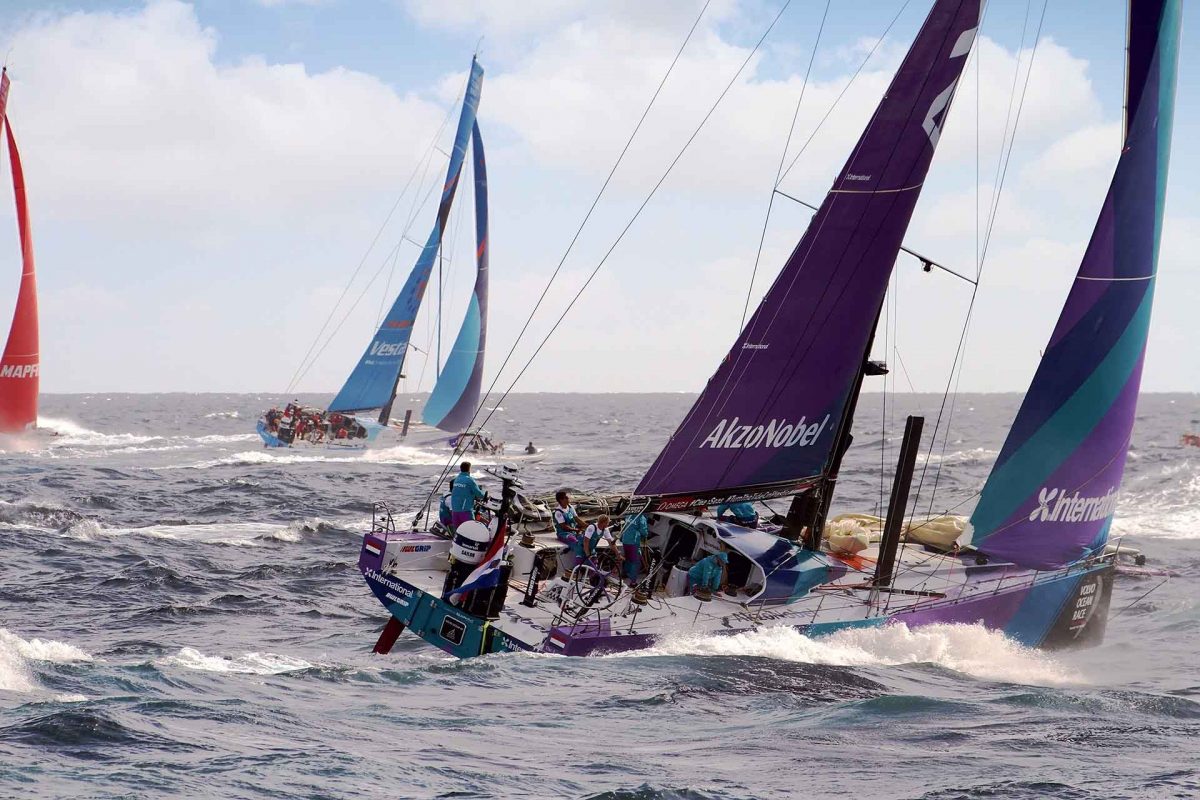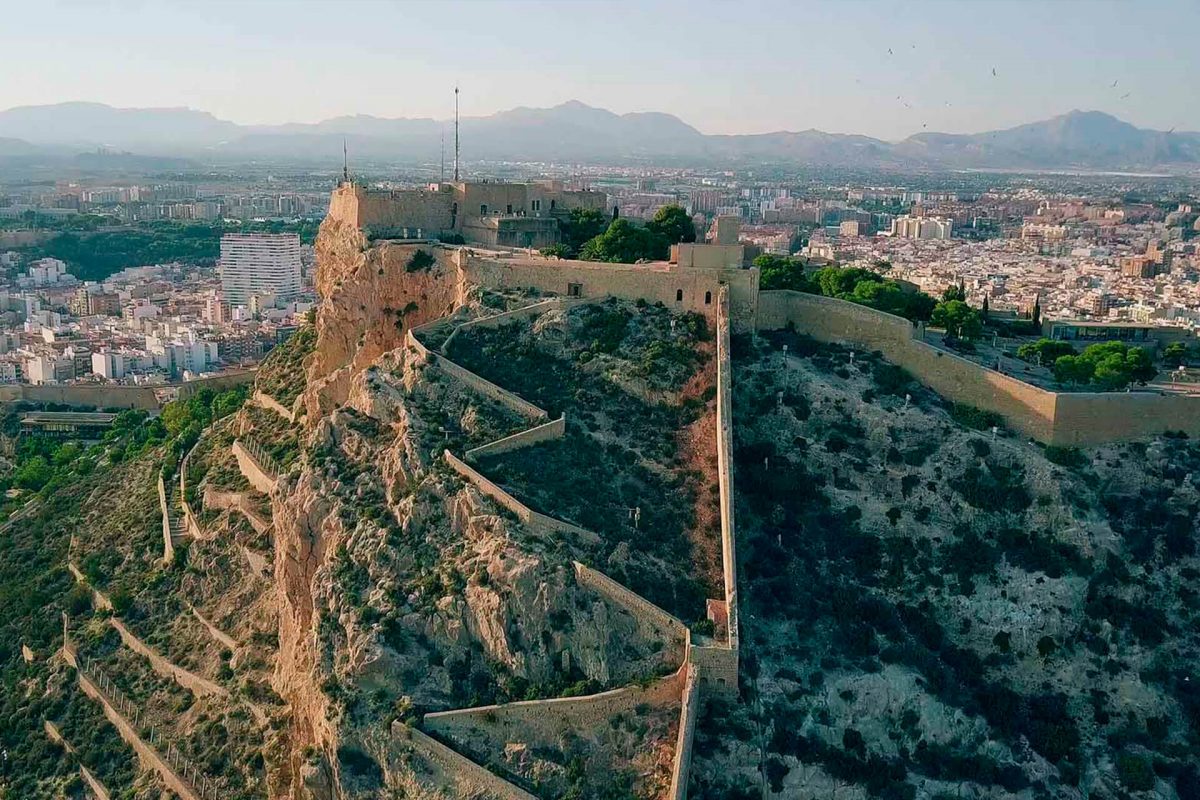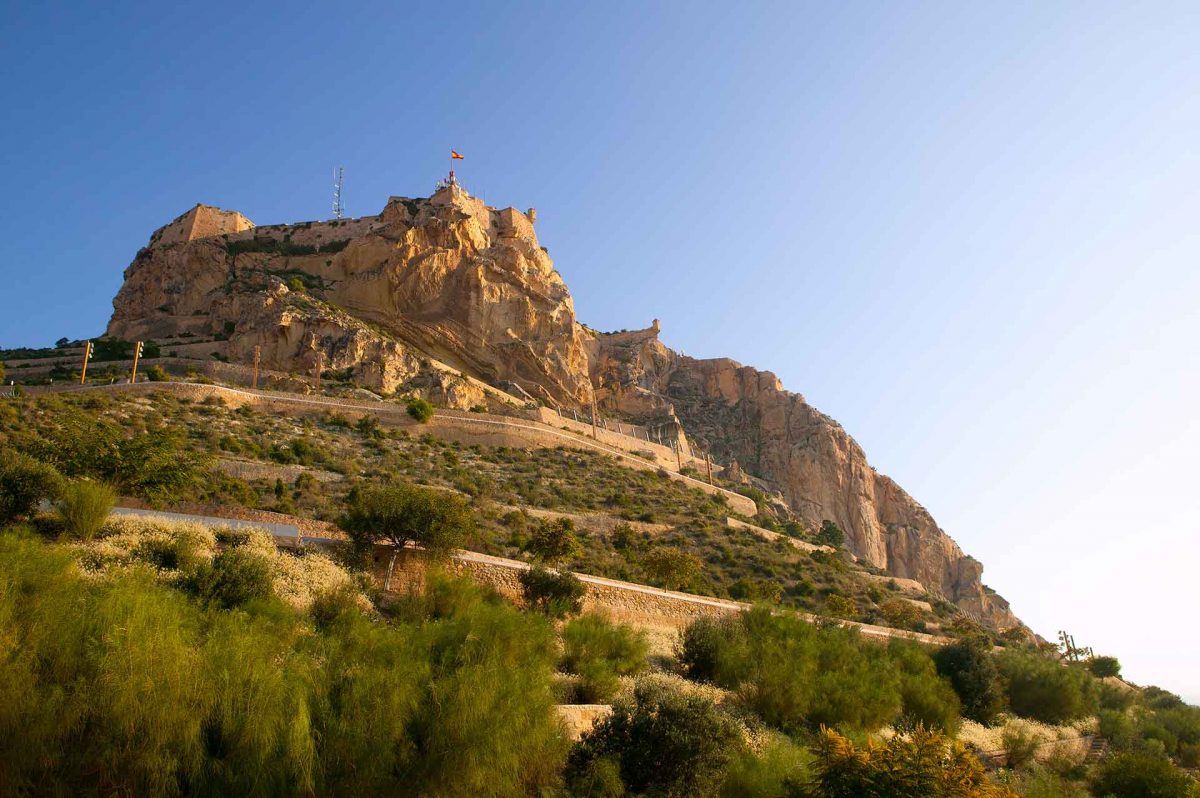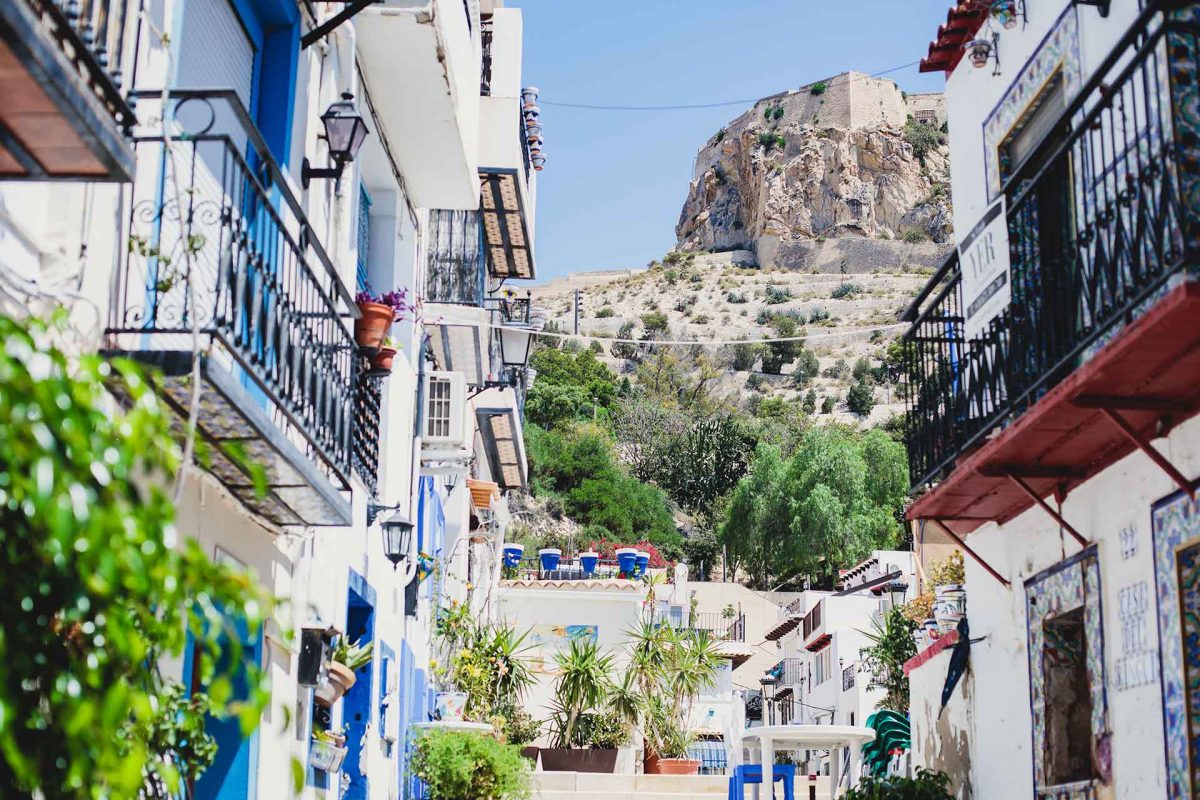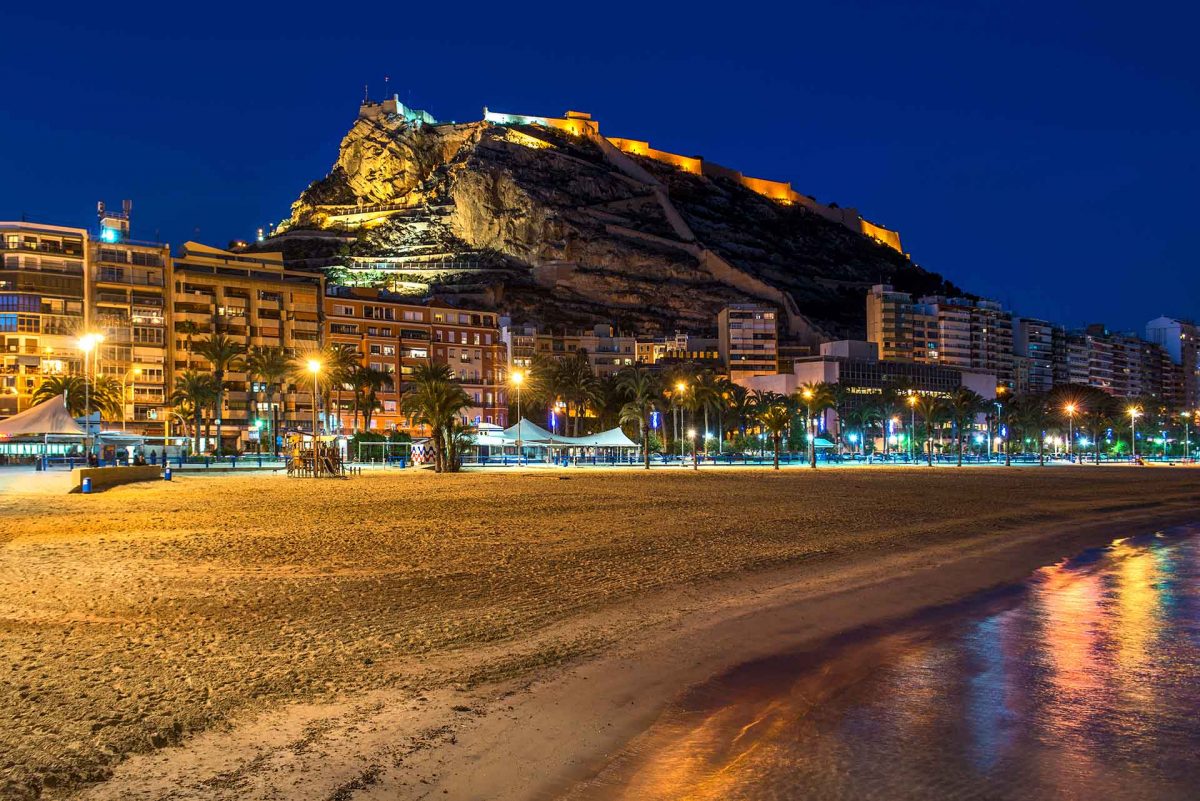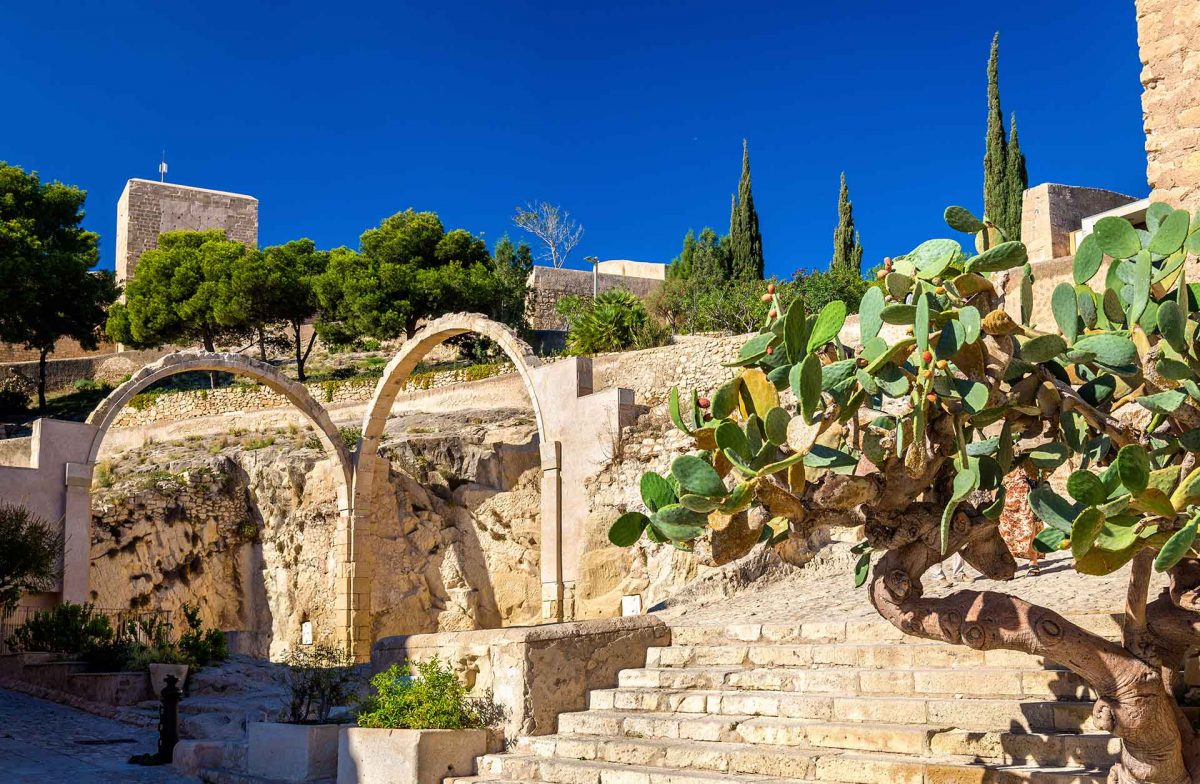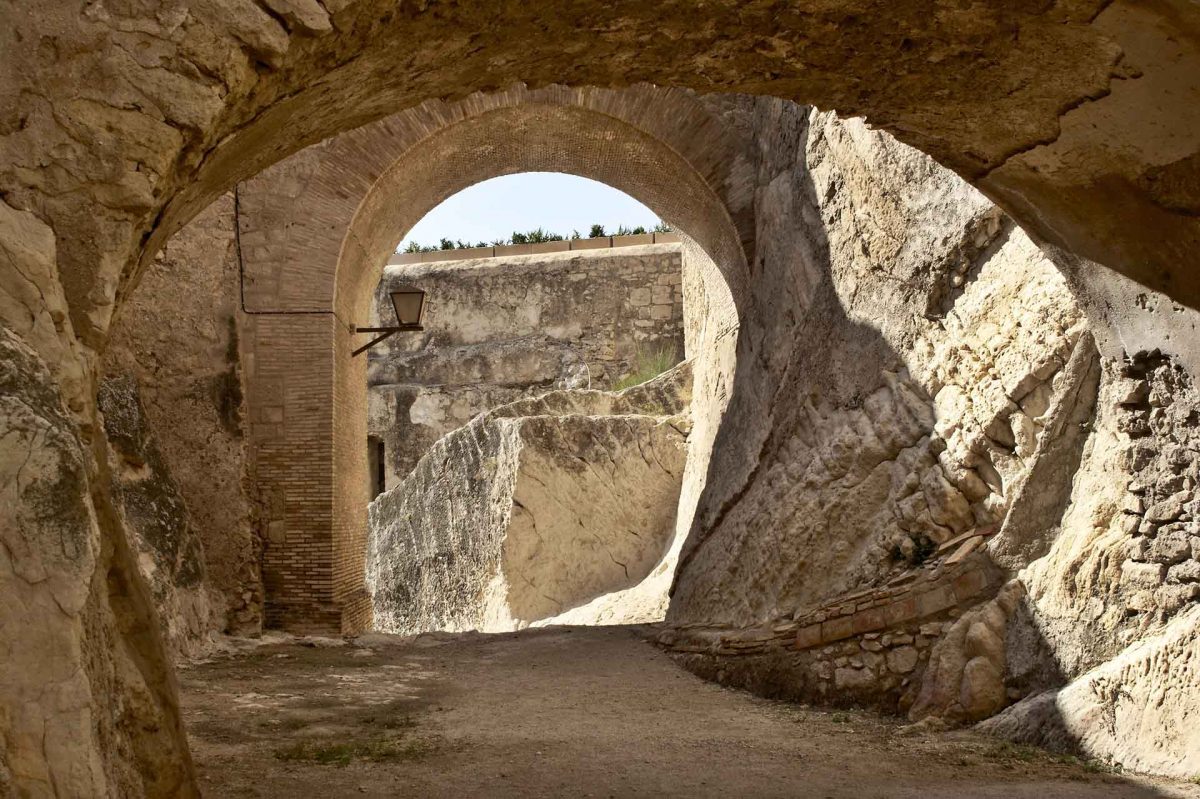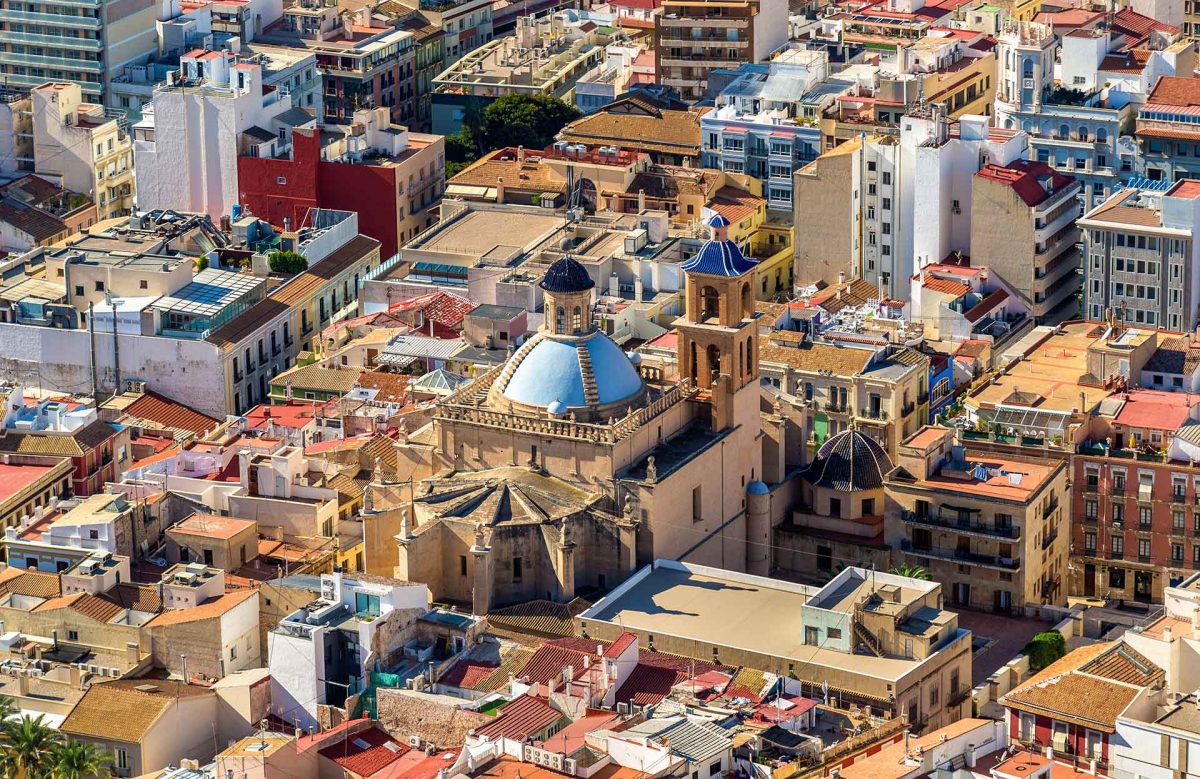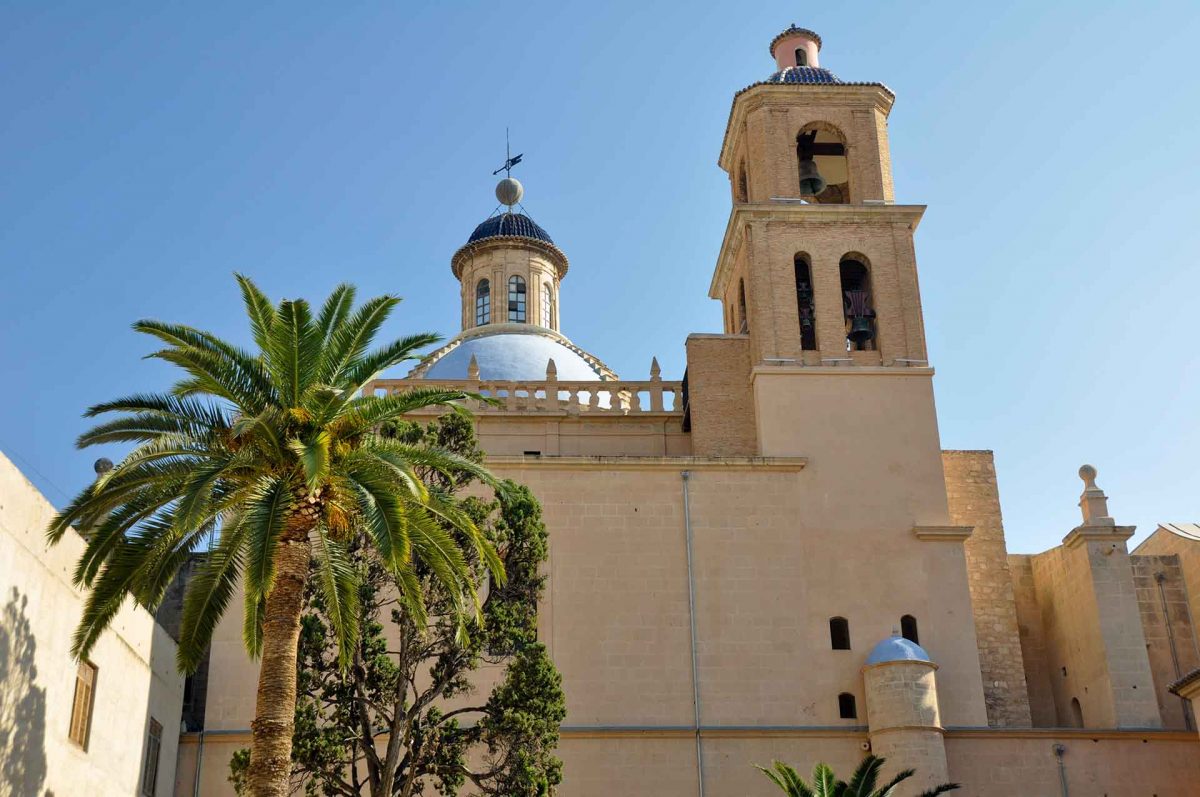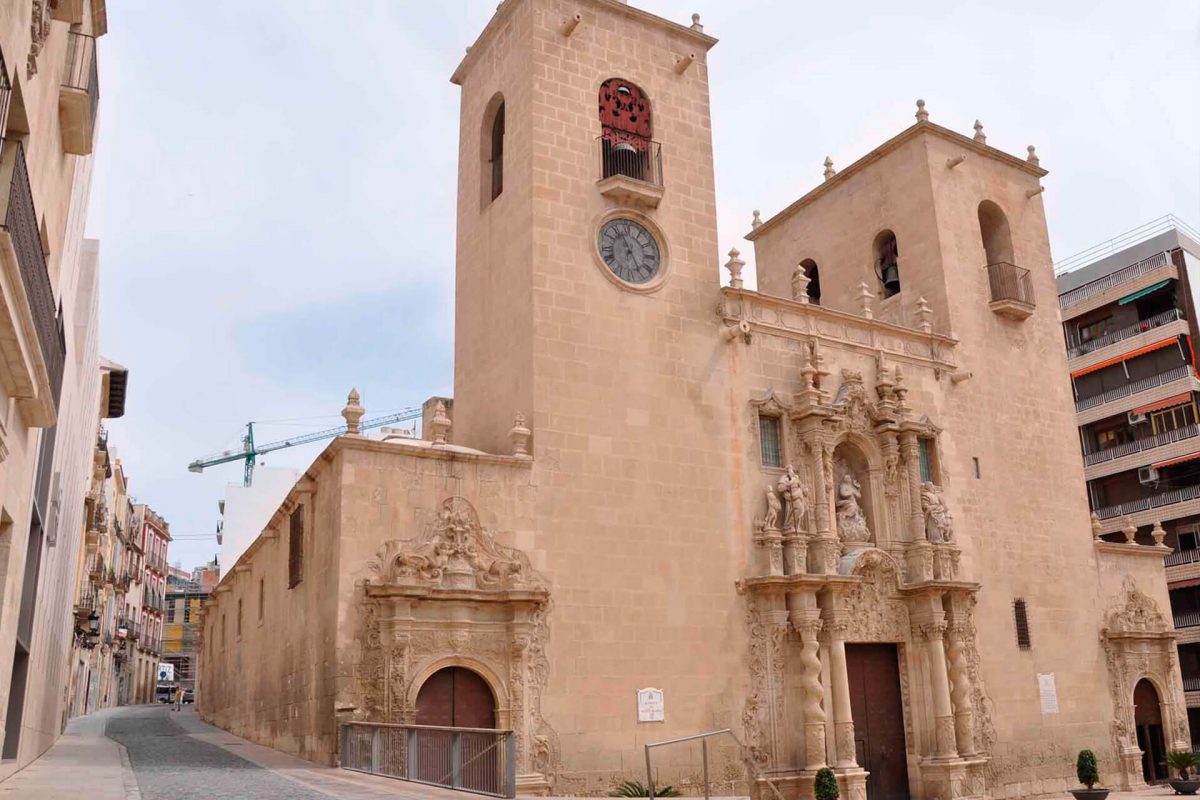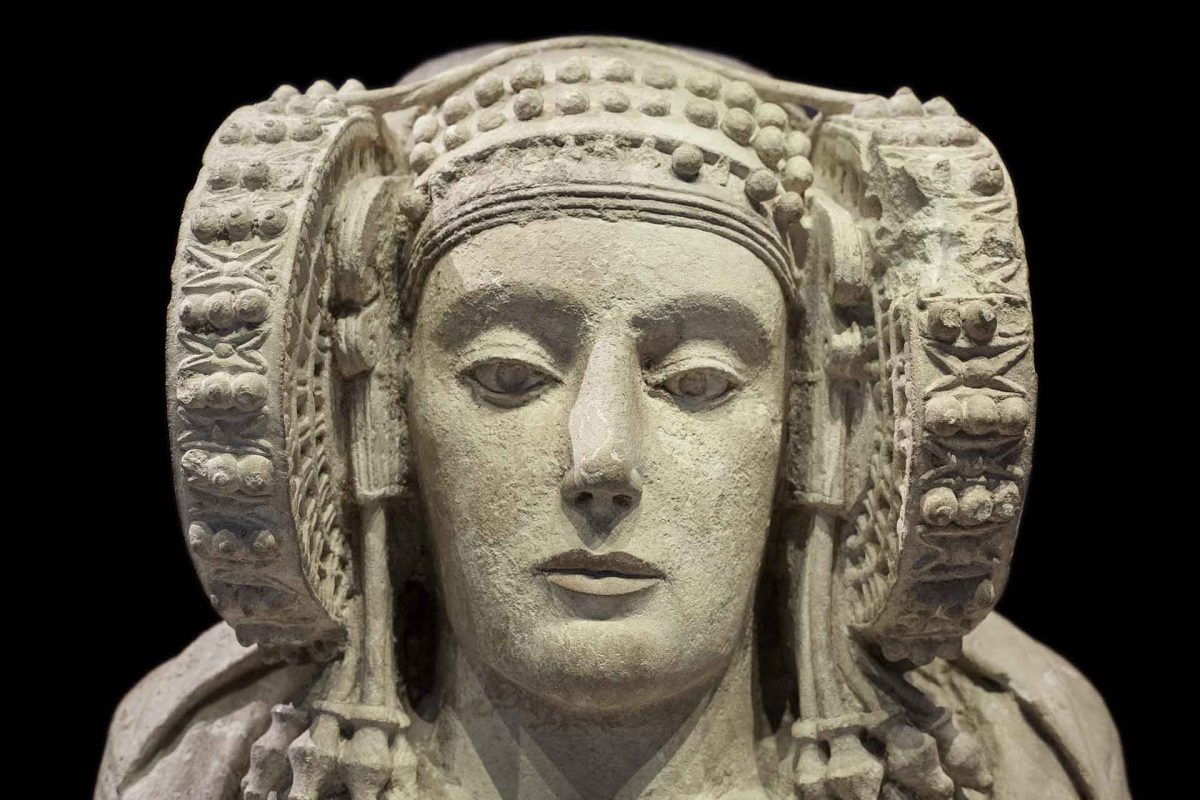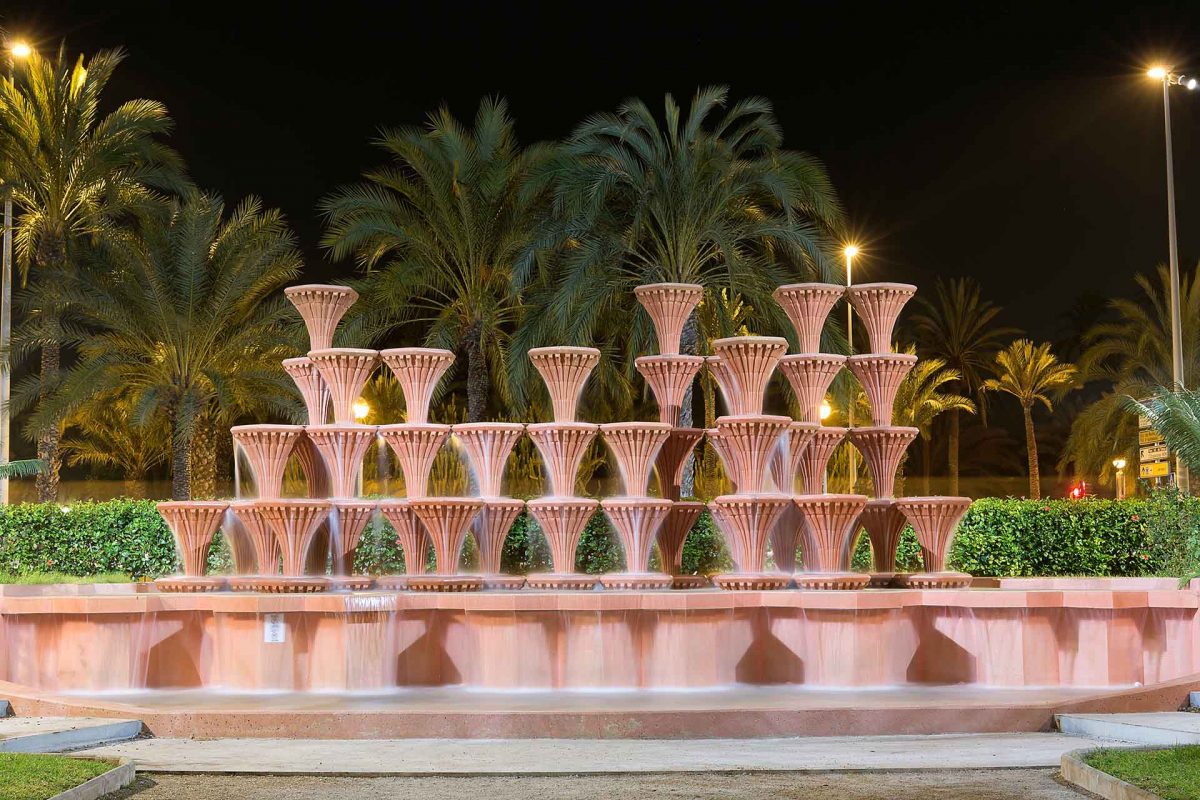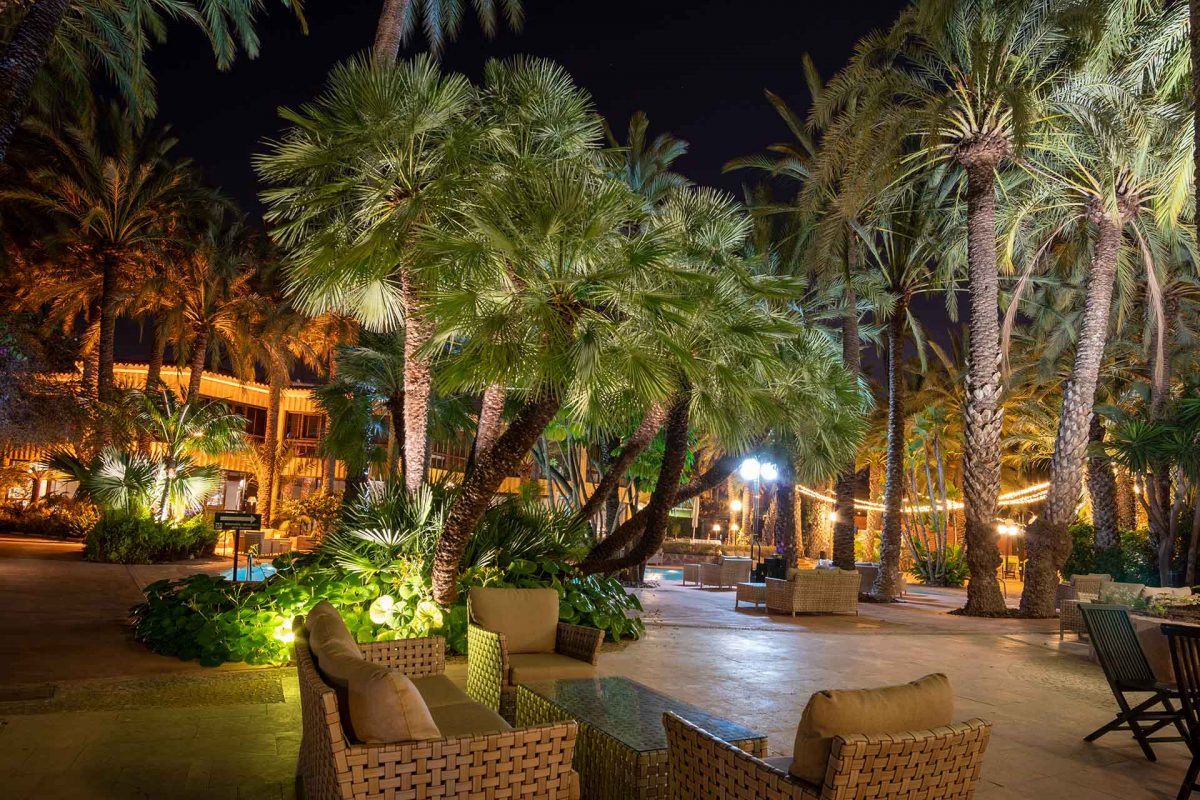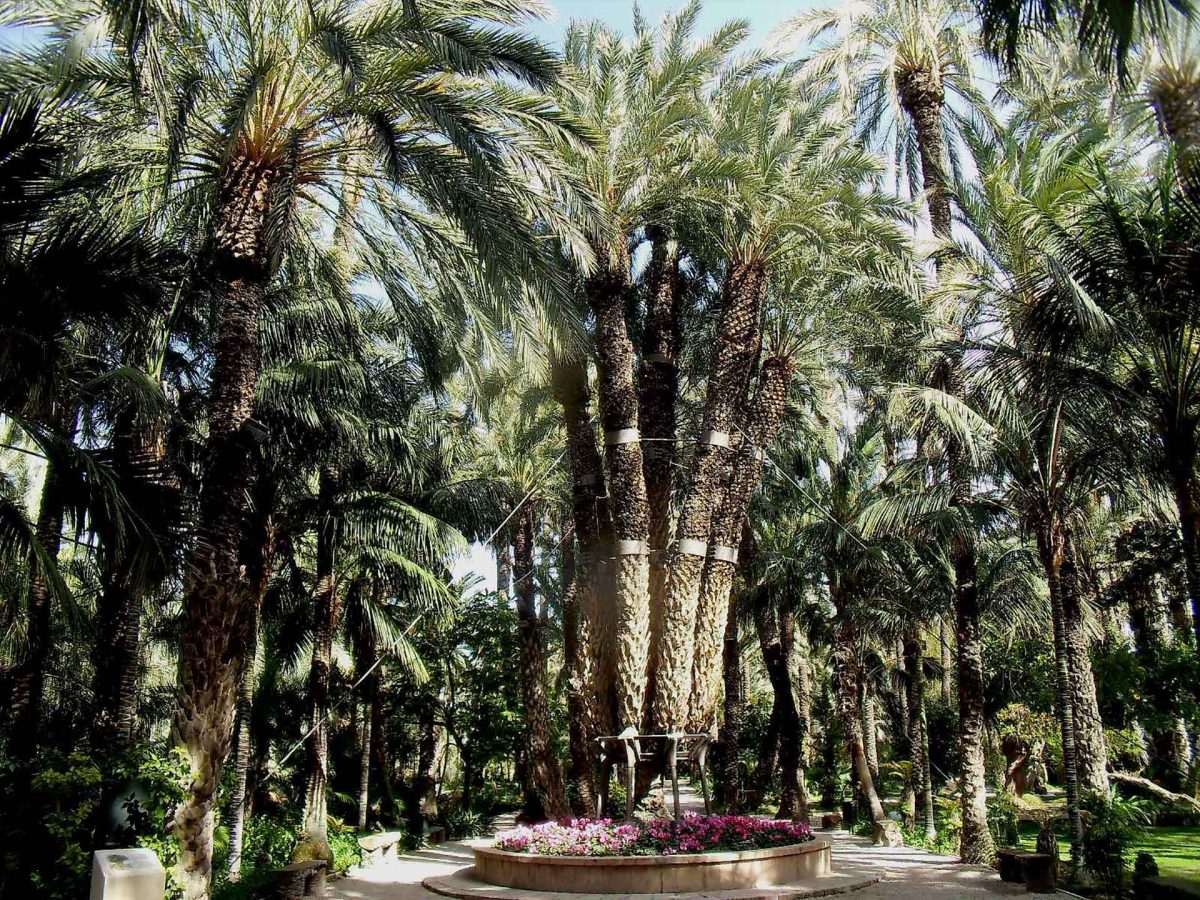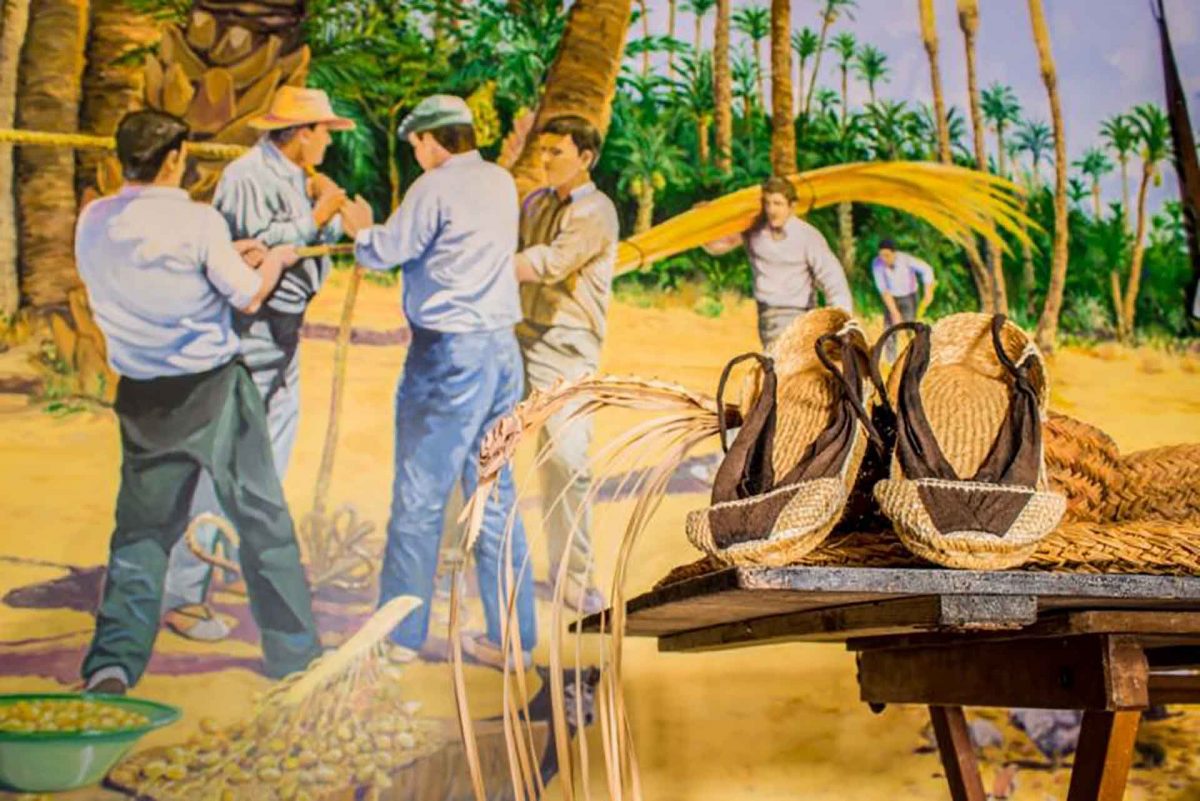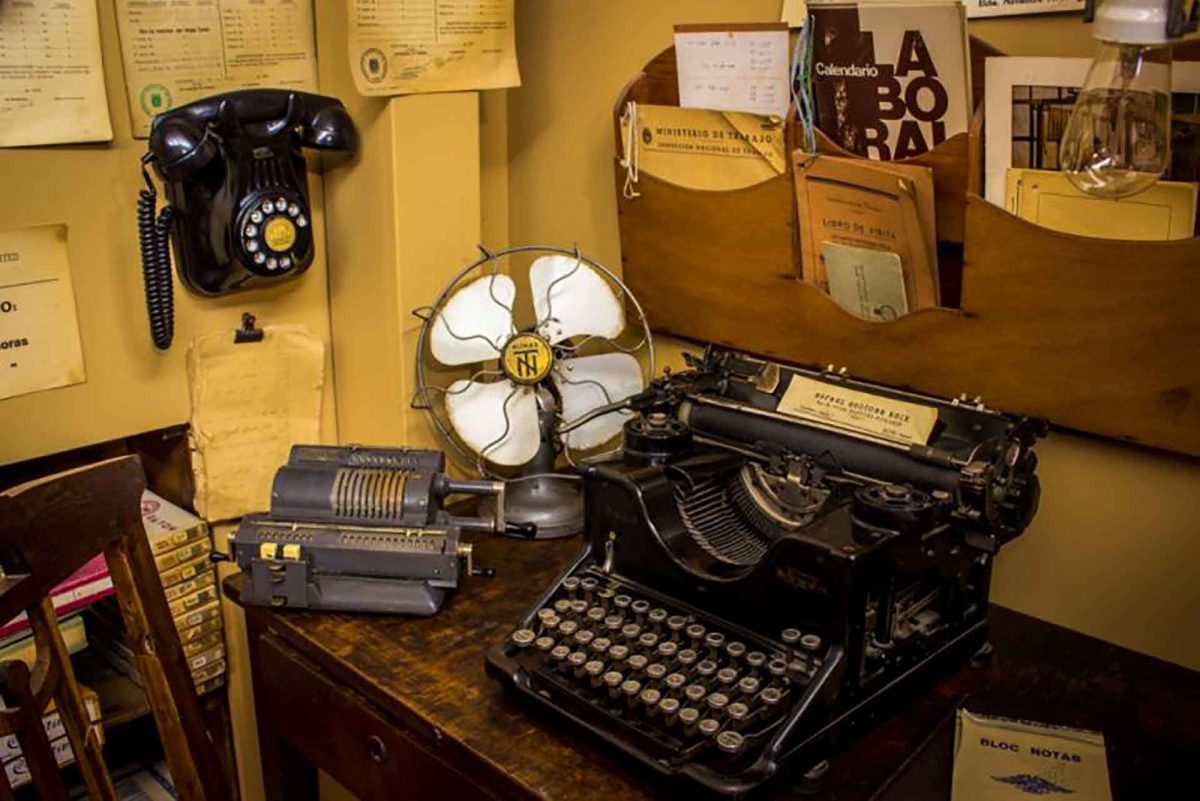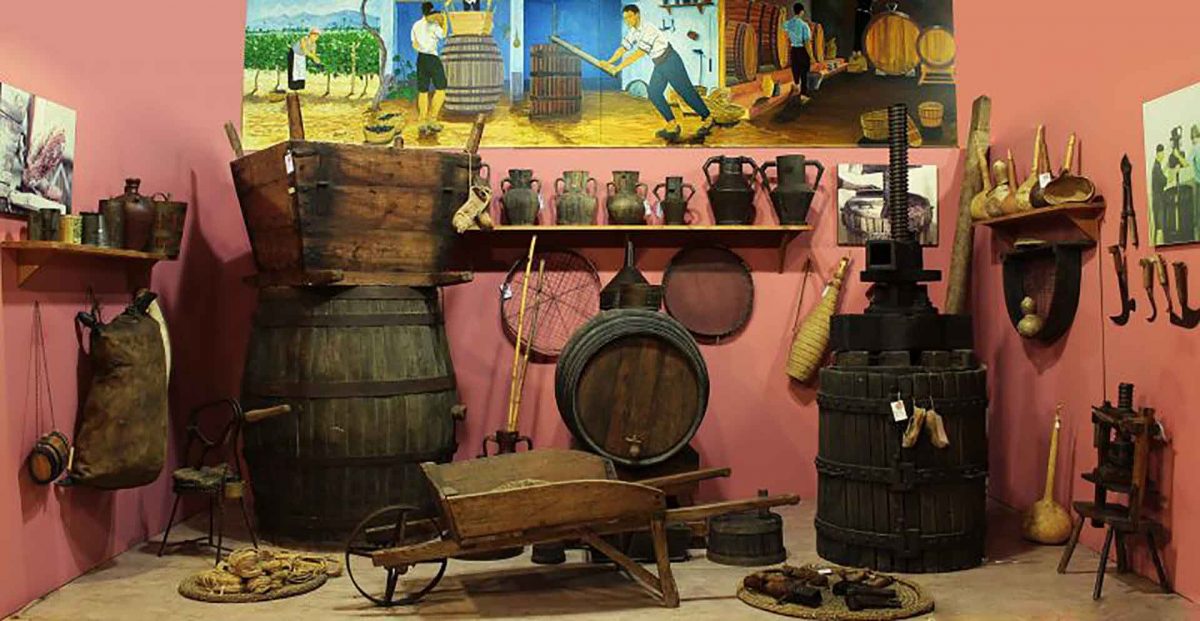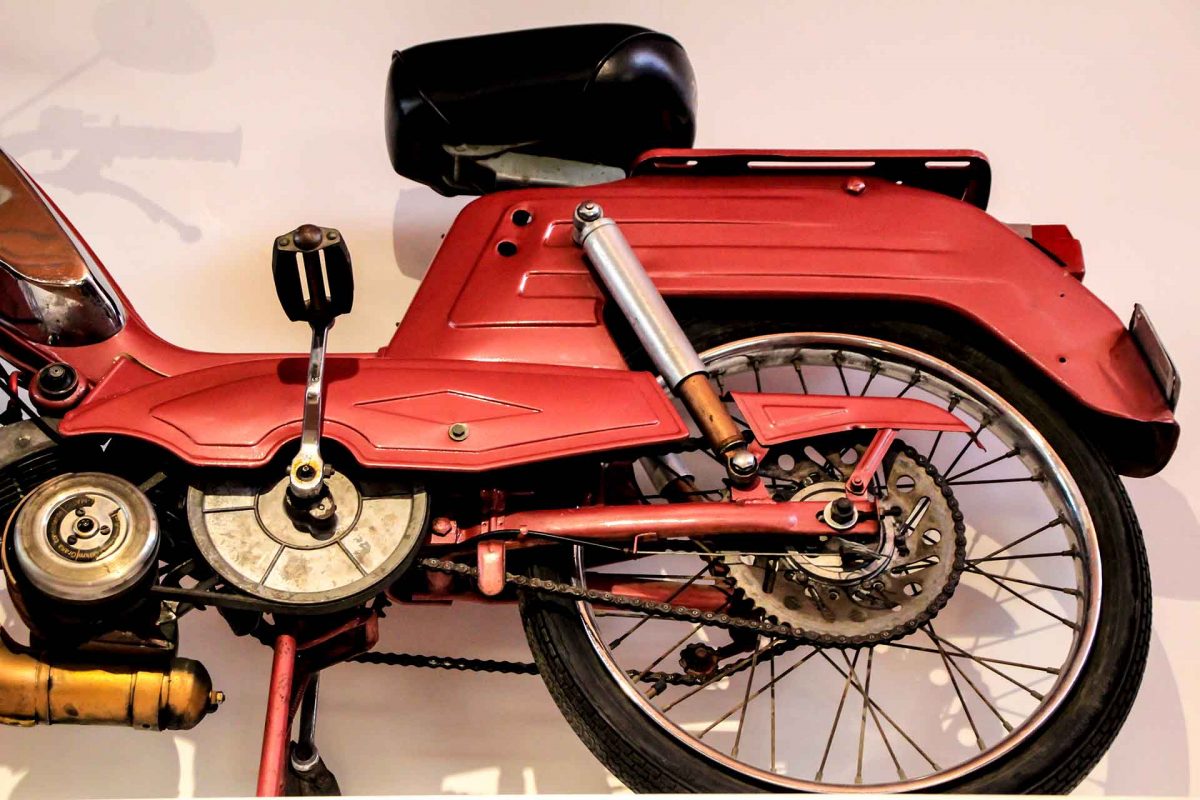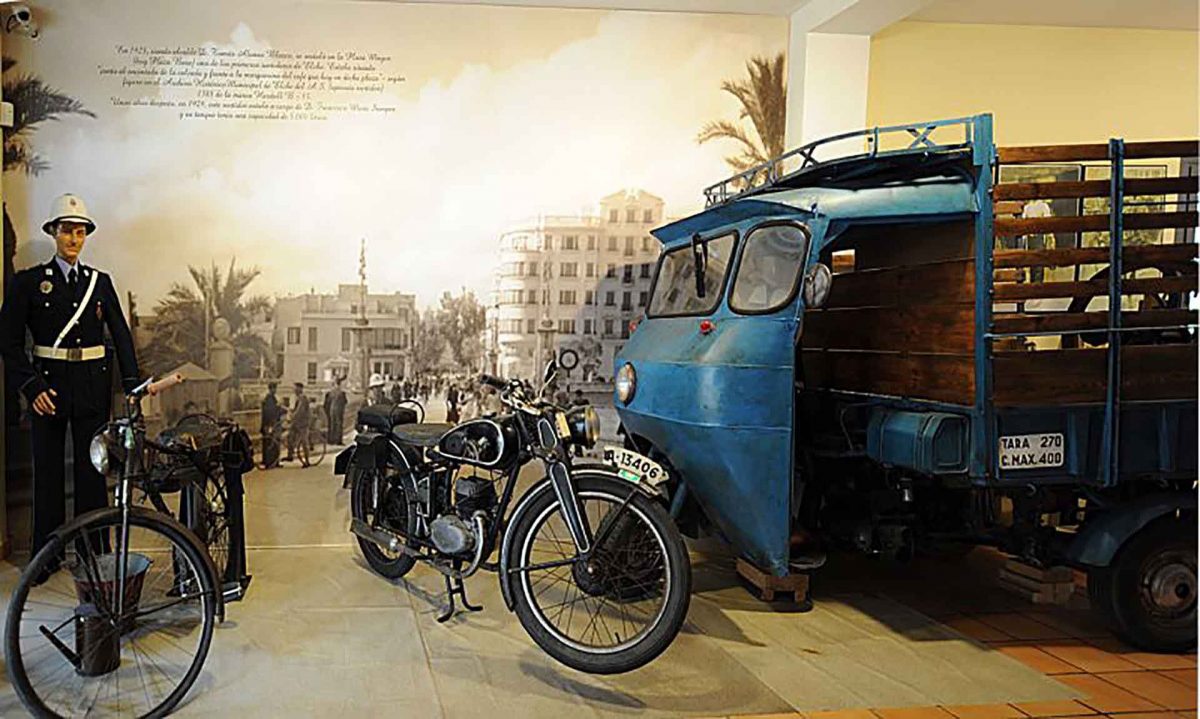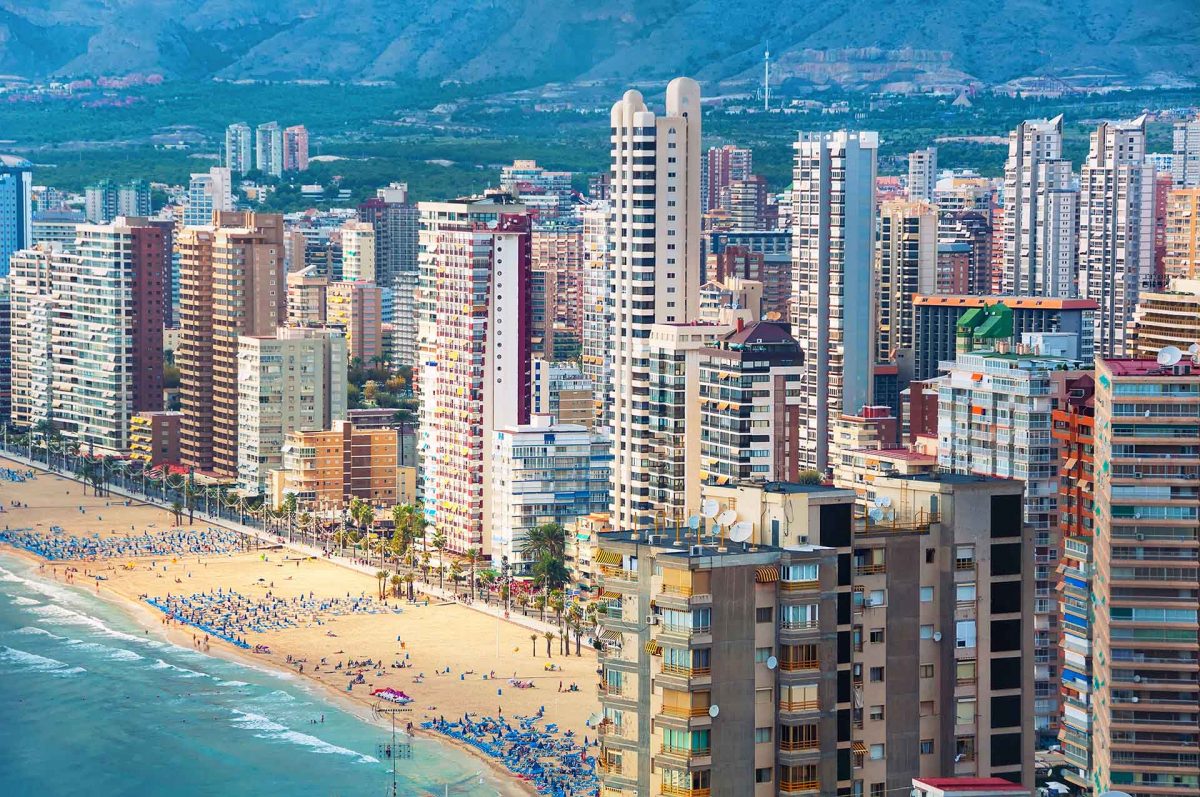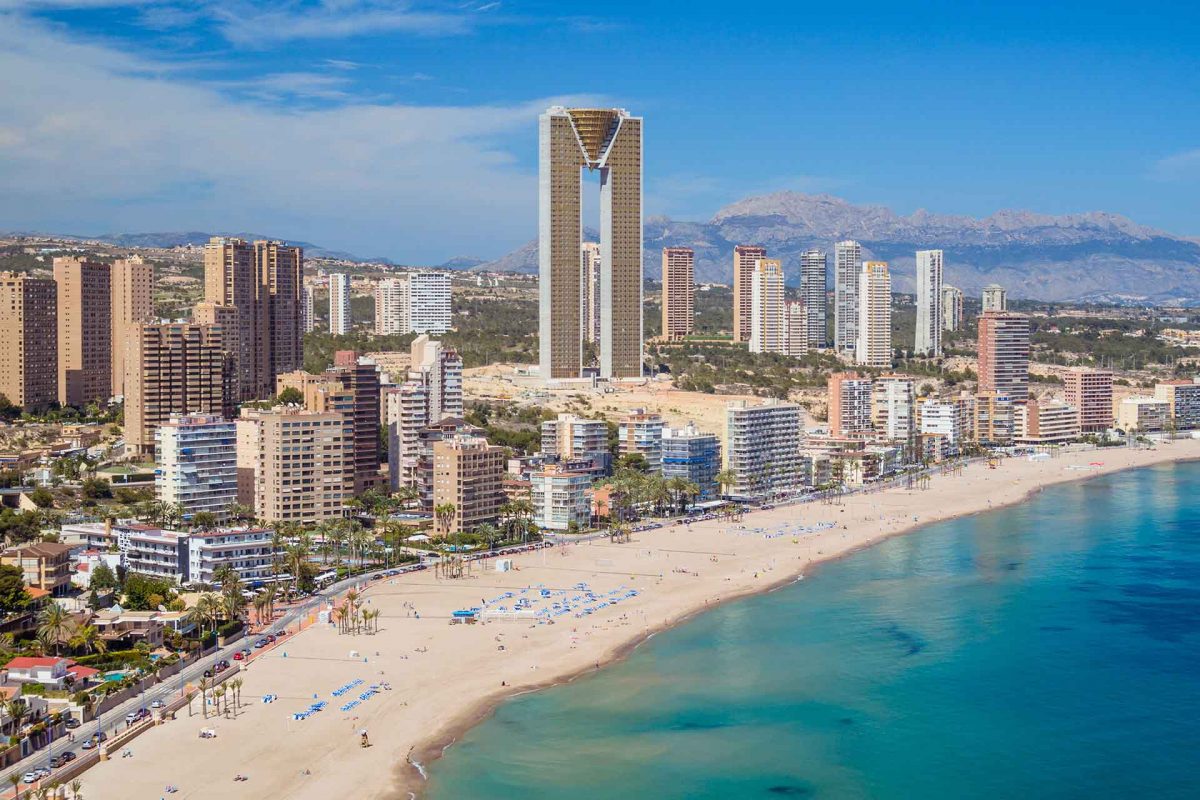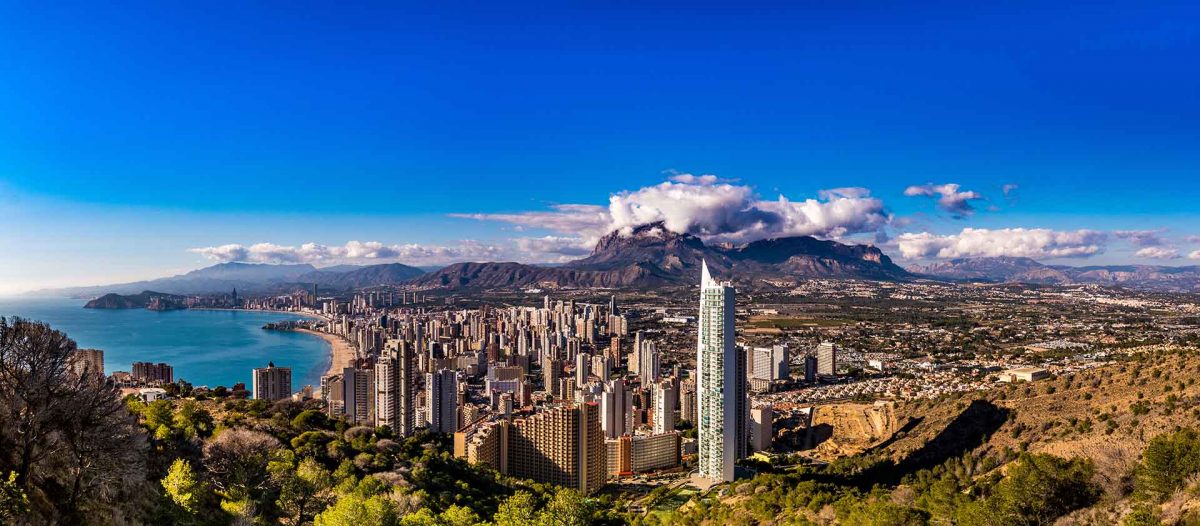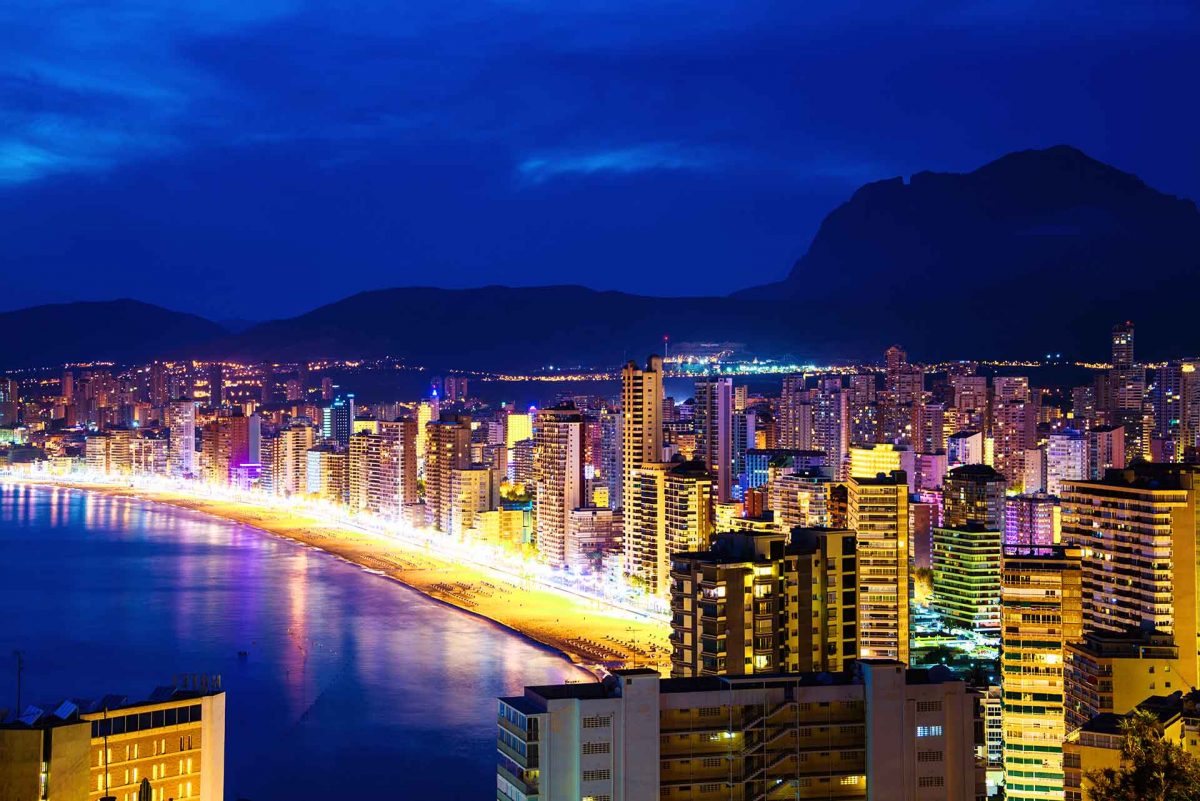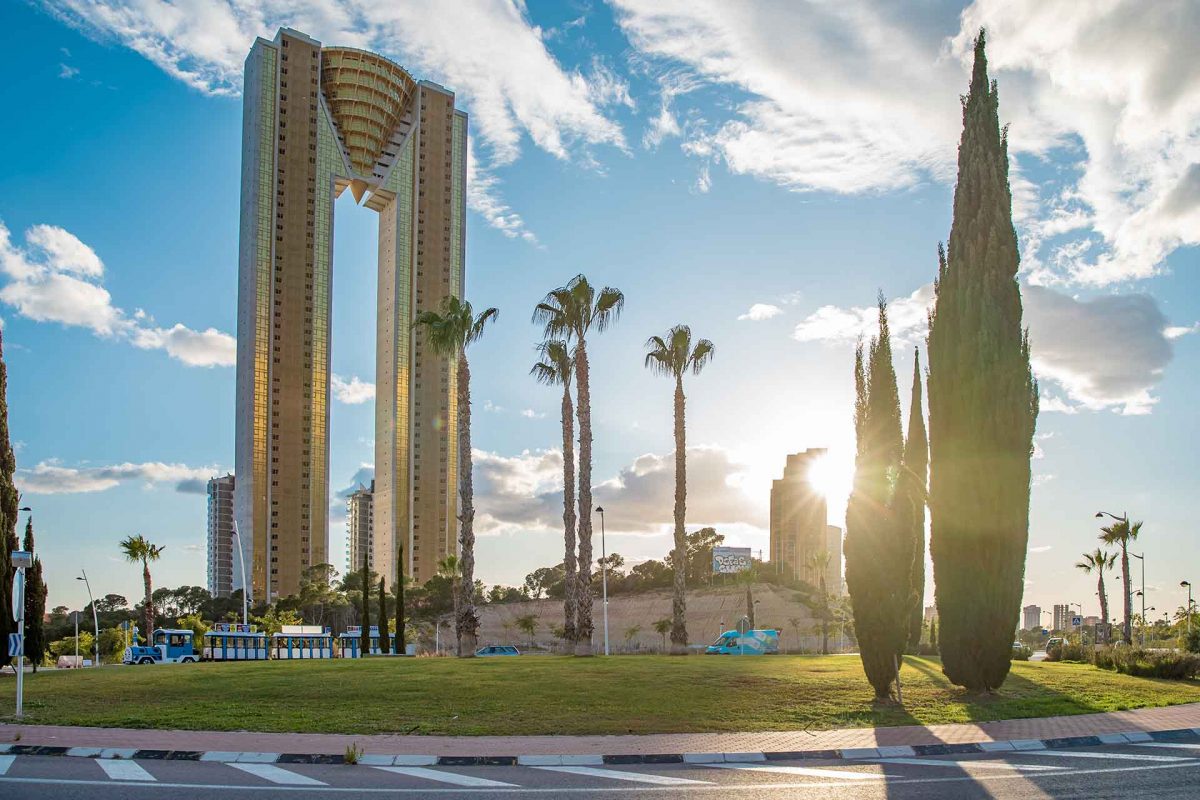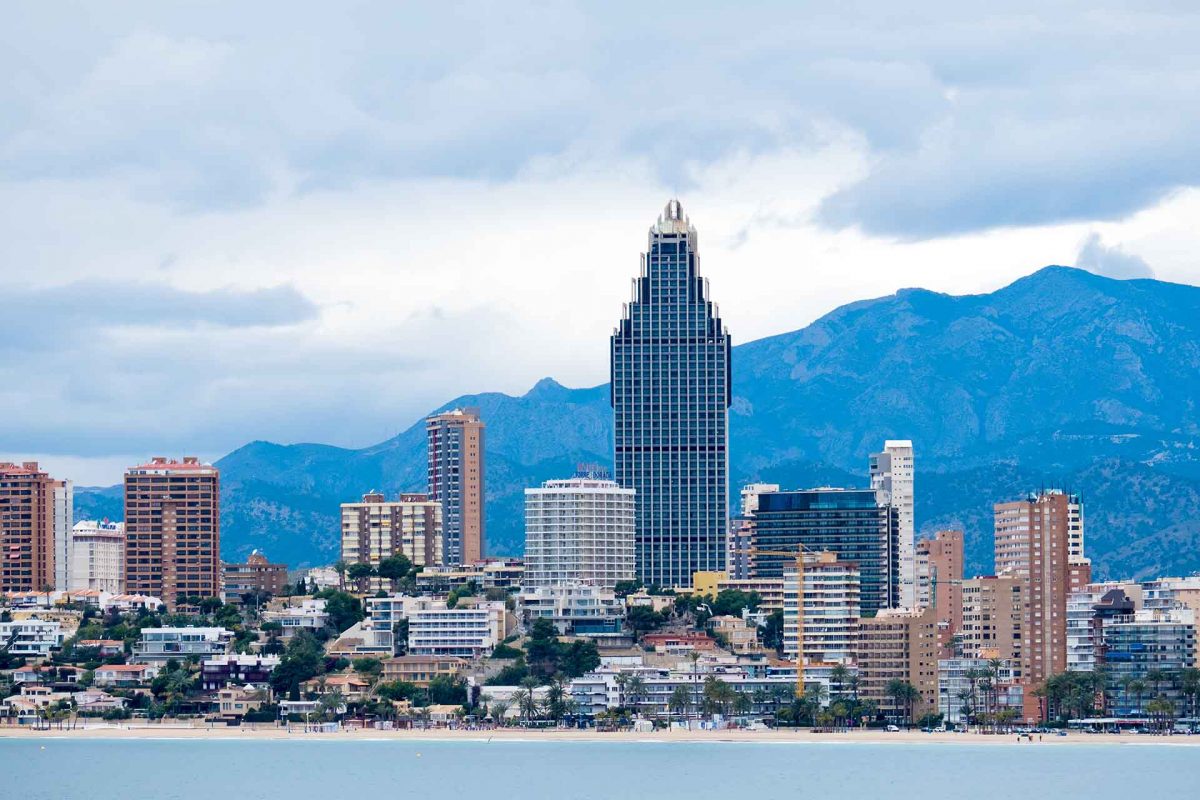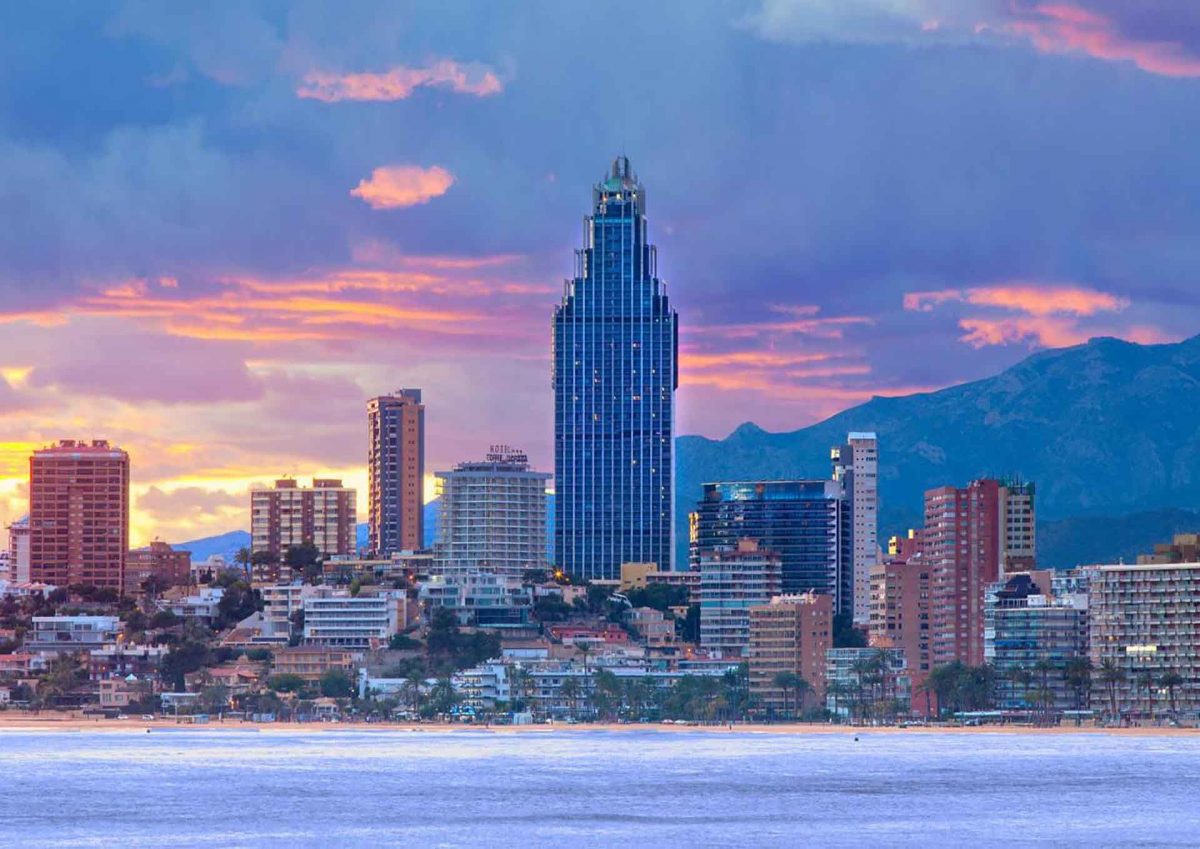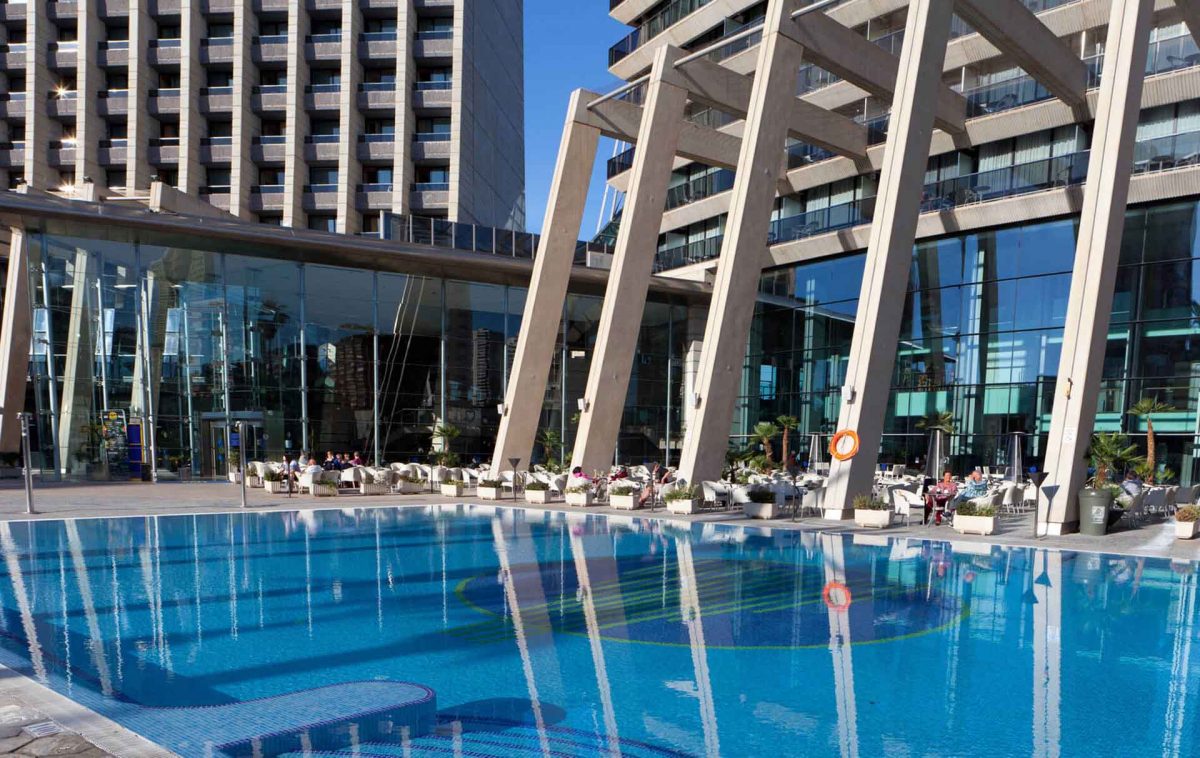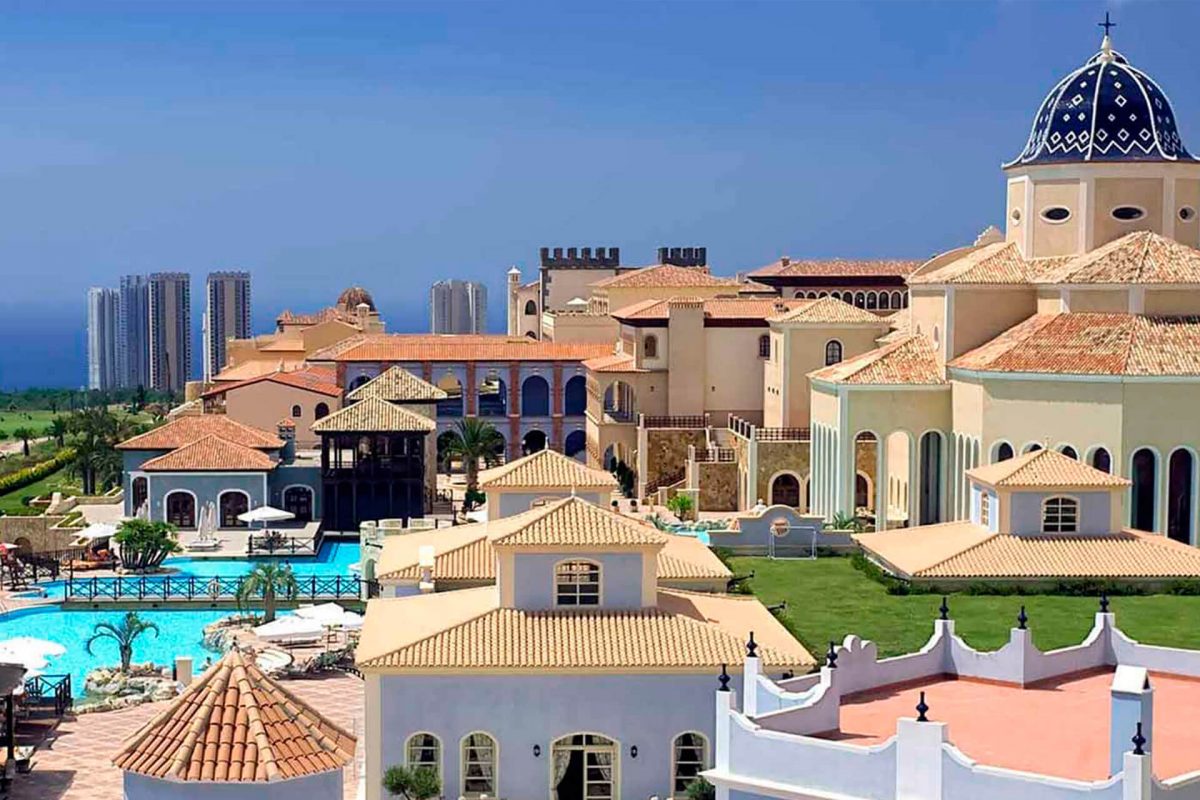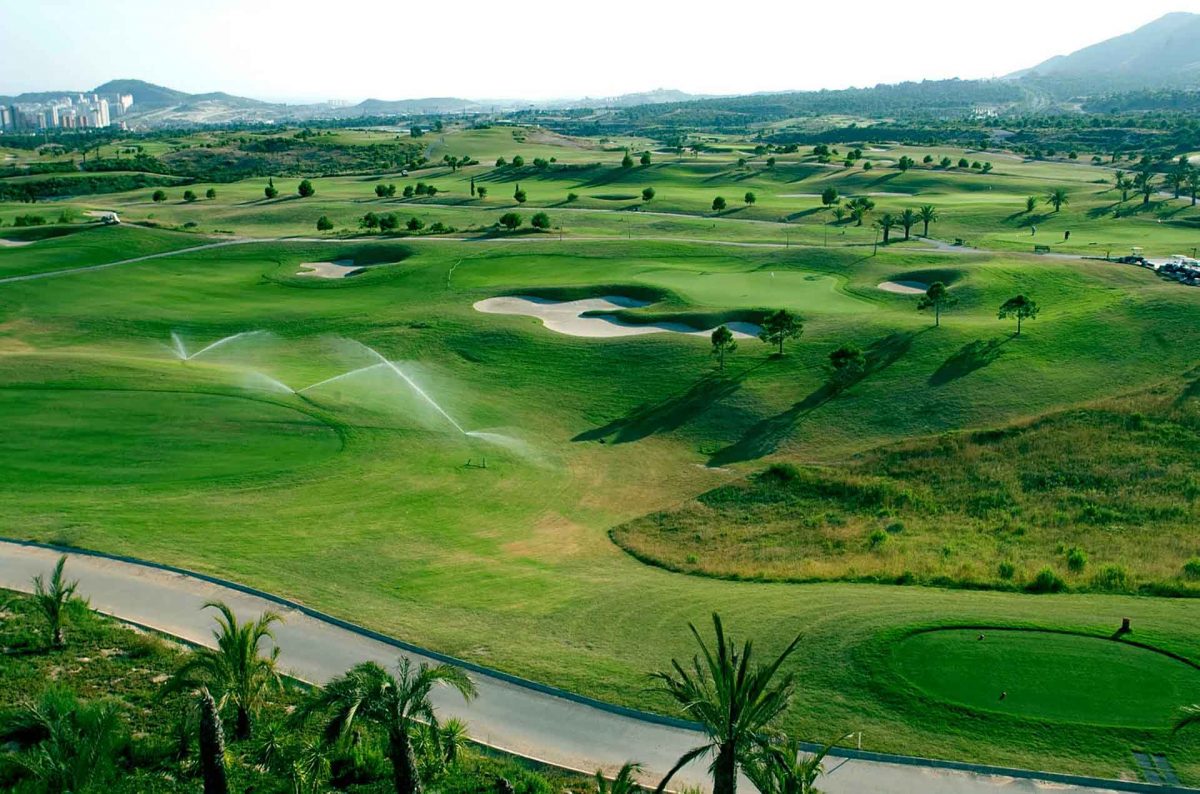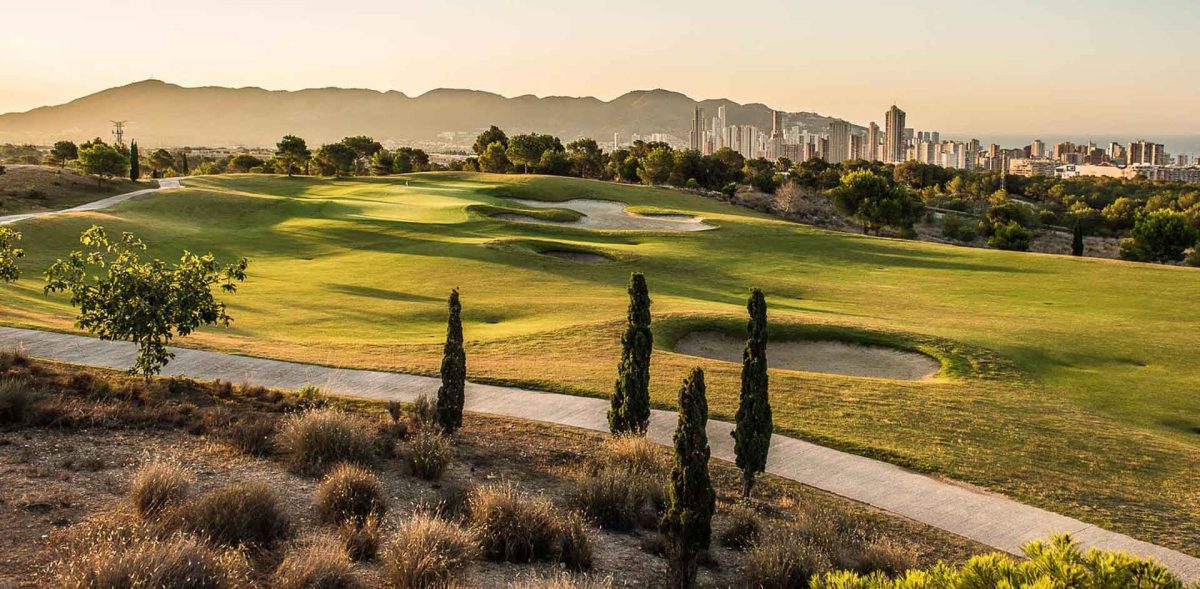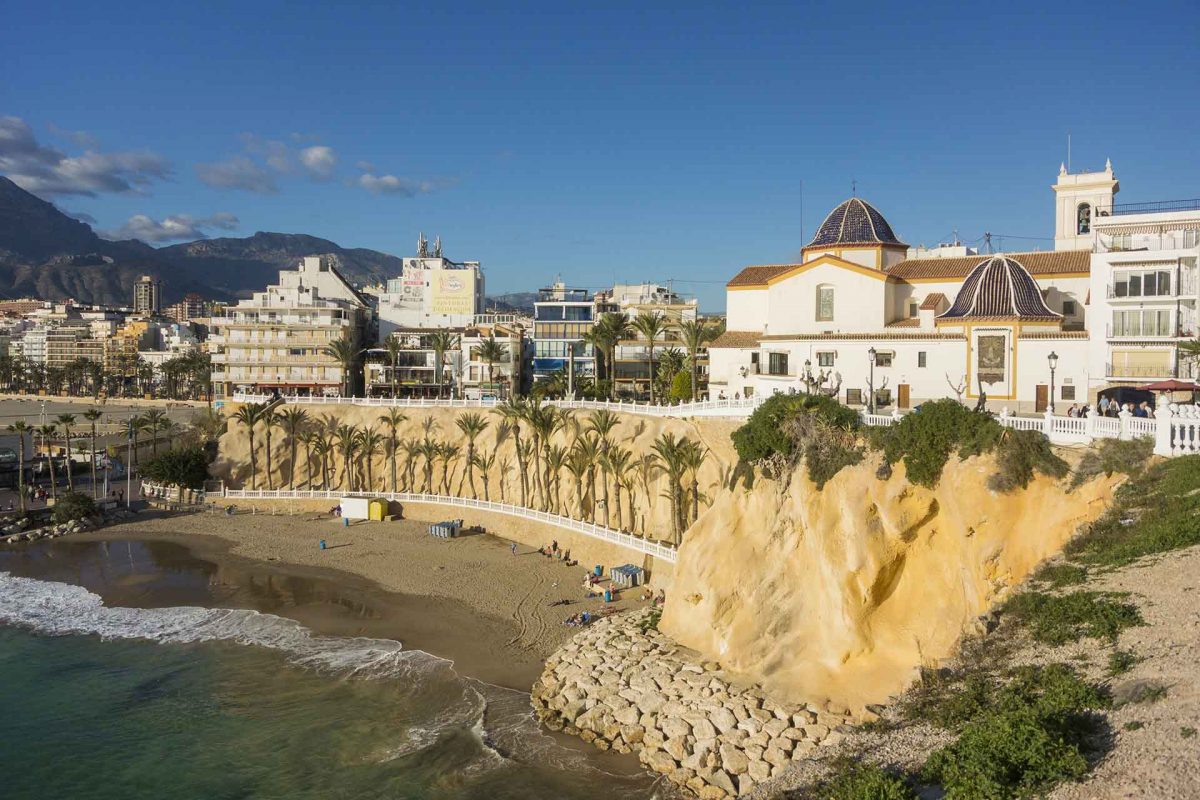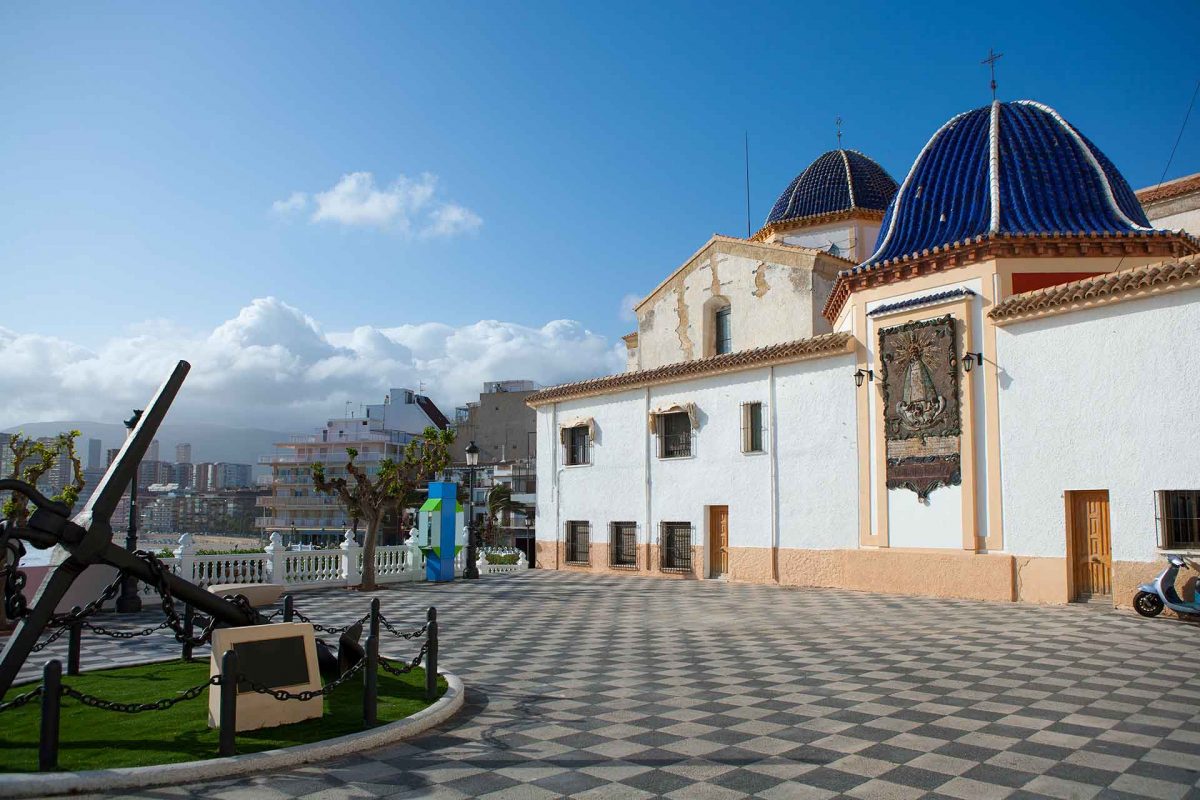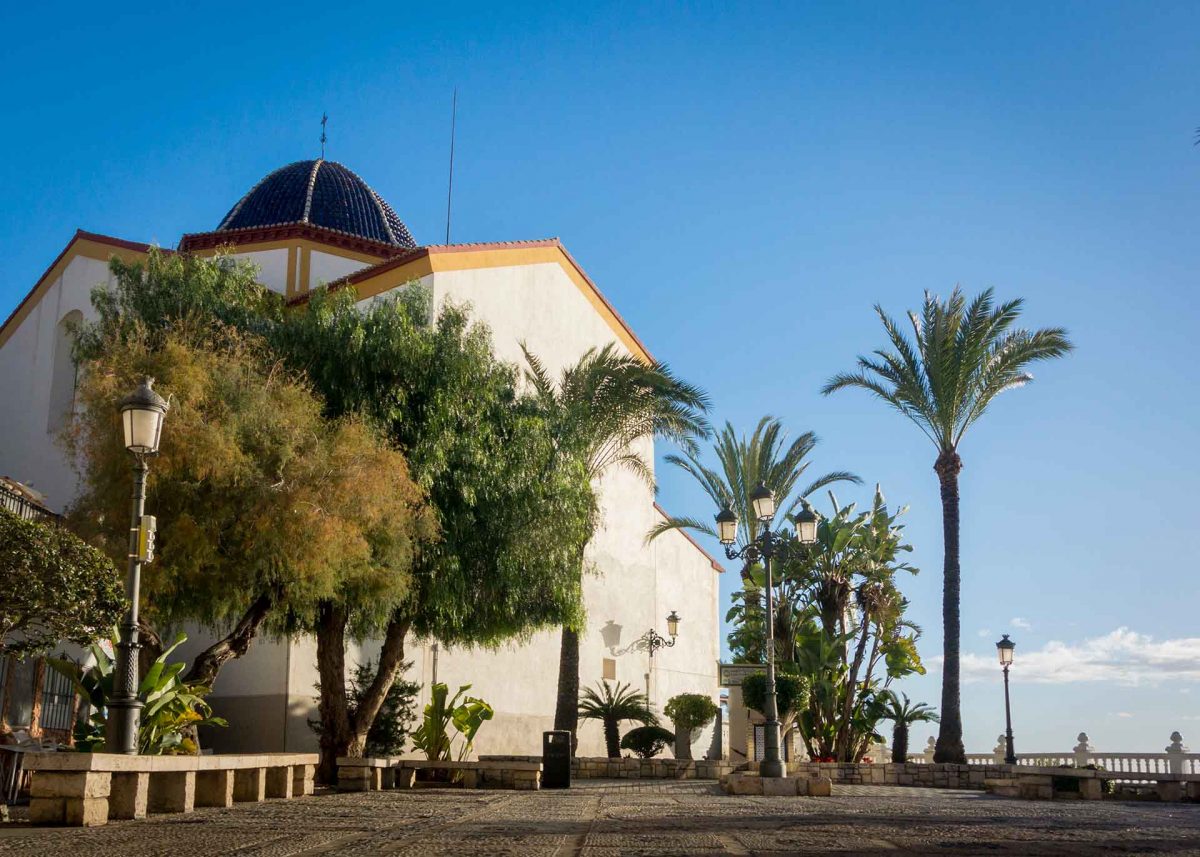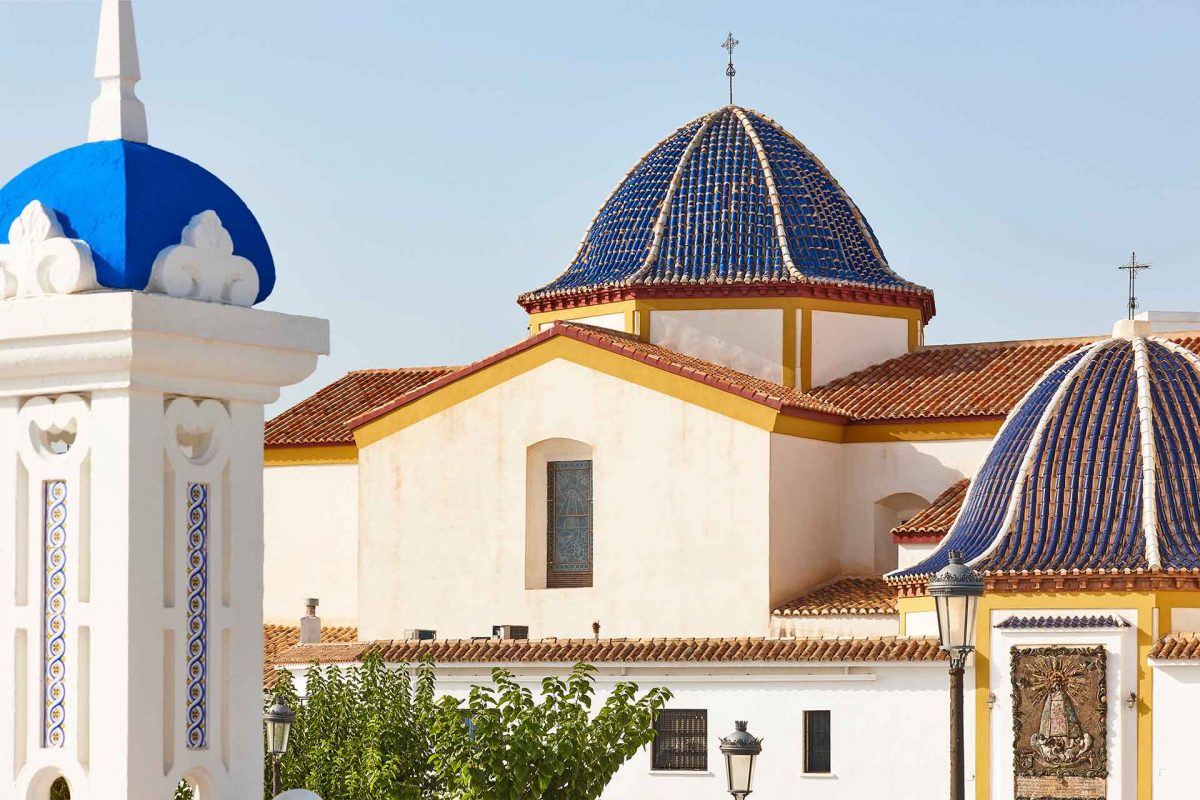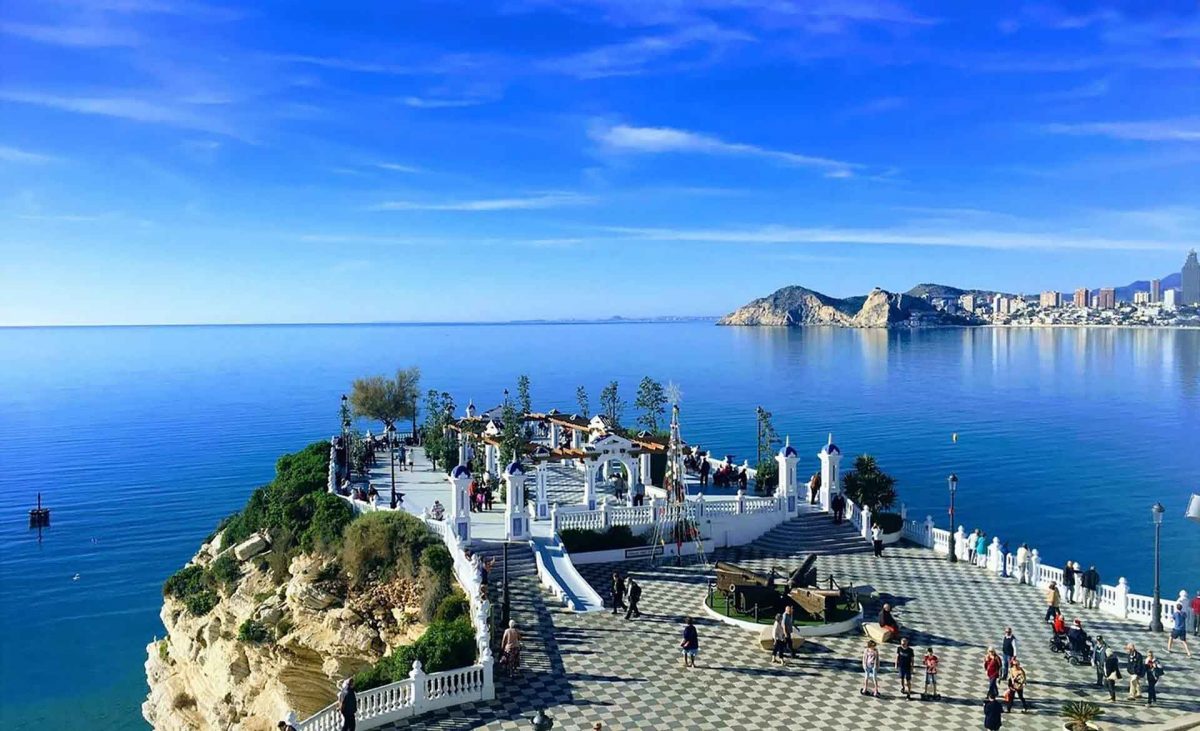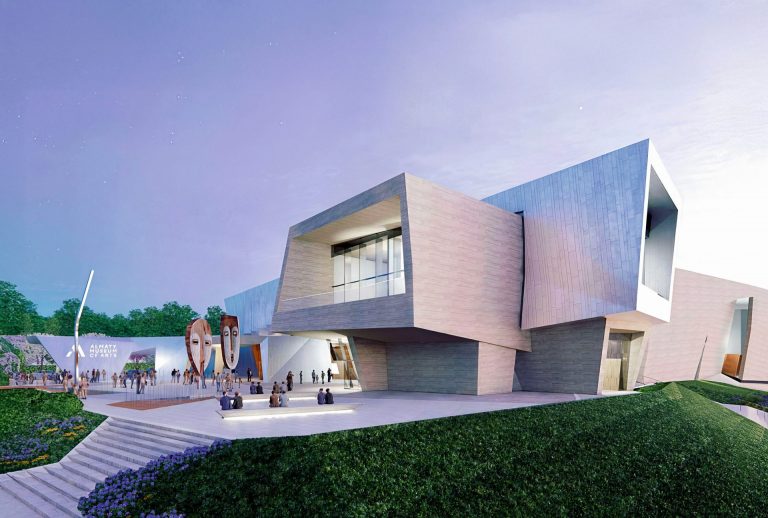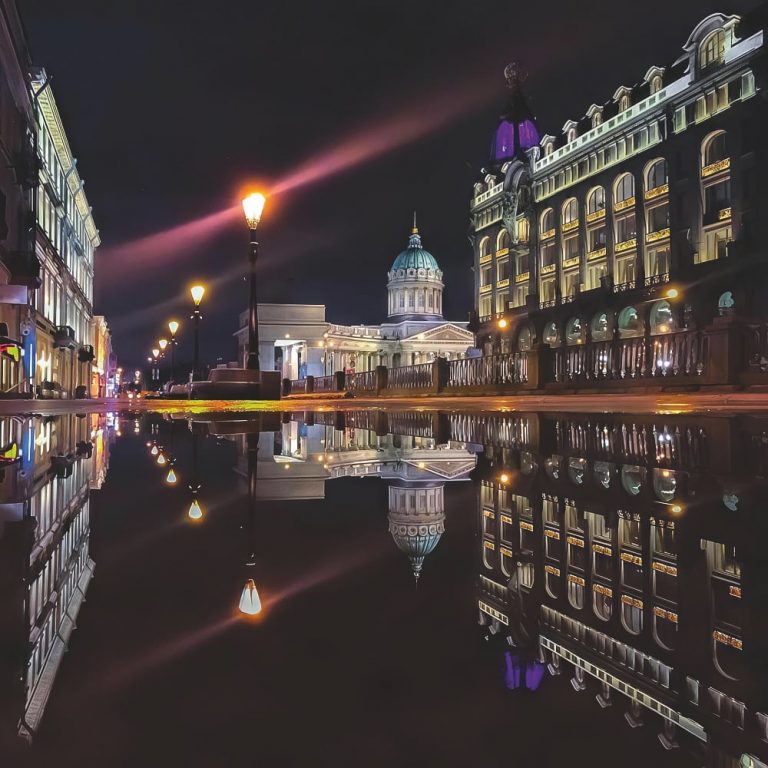The oldest beauty, the tallest skyscrapers, and the most prestigious regatta – all this is on the Mediterranean Costa Blanca, in the Spanish province of Alicante.

White beach, white rice
The name of Alicante Elche Airport already hints transparently that you have a choice. You can go to Elche, a UNESCO World Heritage City three times, or you could head to Alicante and its Mediterranean beaches and legendary yacht marina.
However, passengers leaving the terminal more often opt for the third route. They go to the resorts of Costa Blanca, Denia and Javea, Calpe and Altea, Benidorm and Villajoyosa, Santa Pola and Torrevieja.
Taxis on the Costa Blanca have changed because of the pandemic: between the driver and passengers is a partition made of thick plastic. The driver, of course, wears a mask, as do the border guards and waiters. Fortunately, everything else is unchanged. The same sun shines, the same palm trees do not protect from it, the hotel still serves cava on the occasion of the arrival of expensive guests (now even more expensive than usual, because foreign tourists in Spain are in short supply – they let in not all yet).
There is a little Spanish geography, by the way: the Valencian Community is one of Spain’s 17 autonomous communities and is made up of three provinces: Alicante, Valencia and Castellon. All resorts on the Costa Blanca, which means “White Coast”, are located in the province of Alicante, whose name according to one version comes from the ancient Greek “White Hill”. There are the snow-white houses of Altea and the hundreds of rice dishes (in the province of Alicante, look for arroz, meaning “rice”, and don’t confuse it with paella – it’s at your neighbour’s, in the province of Valencia) in the same monochrome row. Although, to be honest, not being a connoisseur gourmet, it’s not a sin to get confused. However, if you ask for arroz, the locals will be pleased in Alicante. The locals will be even more pleased if you order a wine made from the Alicante variety Monastrel), and the sand on the beaches, and the white sails of yachts over the Mediterranean Sea.
From Alicante around the world
Alicante is an iconic destination for yachtsmen. The Ocean Race (ex-Volvo Ocean Race and Whitbread Round the World Race), one of the world’s most prestigious and renowned sailing regattas with a 45-year history, starts here. In the autumn of 2022, the best yachtsmen in the world will once again meet in the marina of Alicante. Twenty-two teams from Spain and France, Germany and the USA, China and New Zealand, Mexico and Brazil, Portugal and Italy, Lithuania and Poland have already confirmed their participation. With hundreds of thousands of tourists in front of their spectators, the two classes of IMOCA and Volvo 65 will set sail for nine months, rounding the Cape of Good Hope, crossing the Southern and the Indian Oceans, crossing Cape Horn back into the Atlantic and arriving in Europe by the summer of 2023.
During the start of the circumnavigation, Alicante’s marina becomes a racing village with plenty of entertainment for spectators. However, at other times you won’t be without speed, splash and sails either, thanks to The Ocean Race, a beautifully interactive museum that inspires even the staunch land comrades. Don’t be surprised if you make your way down to the quayside to have a closer look at the slender hulls of the yachts, take selfies, agree to go sailing now, or sign up for sailing school. During the holiday, it’s possible to get your first Competent Crew licence as a qualified sailor.
So, if it’s not the time to take the helm, there are options.
For example, you can stroll among the palm trees along Spain’s Esplanade (Esplanade de España), which runs along the sea and is paved with six million marble tiles in the shape of waves (yes, there’s the sea on land in Alicante too, there’s nowhere to go) or climb up to the Santa Barbara Castle to admire the marina and yachts from above.
It is better to go with a guide to learn the whole history of the castle and the city, from antiquity, the Moors and the Spanish Civil War, during which Alicante was one of the main strongholds of the Republicans. You can also feel the coolness inside the powerful walls of the Cathedral of San Nicolas (yes, the patron saint of sailors here too!) or the Basilica of Santa Maria, built in the 14th century.
See also masterpieces by Picasso and Dali, Juan Gris and Marc Chagall, Miró and Cocteau, Tapies and Chillida at the MACA Museum of Contemporary Art.
Palms from the UNESCO list
Elche is a city listed three times as a UNESCO World Heritage Site. There are few cities like this, not only in Spain, but in the whole world. Strange as it may seem, it is best known not for its UNESCO monuments, but for the oldest beauty in Spain, the Lady of Elche. To meet her in person, is worth to take a trip to Madrid, National Archaeological Museum, where the original sculpture is kept (and it is no problem, from Alicante and Elche in the Spanish capital by high-speed train AVE drive in 2.5 hours).
The Lady of Elche is 2500 years old. She is serious and smartly dressed. Historians have been arguing for centuries (the sculpture was found at the end of the 19th century) whether she was an ancient Iberian goddess, a noblewoman or a priestess. You will find copies of the local celebrity everywhere in Elche: in the park in Glorieta square, in the botanical garden of Huerto del Cura, in the town hall, the university campus, at the airport and in any sovereign shop.
The UNESCO World Heritage Site cannot be missed either. It is a palmeral, and there is no point in translating the Spanish word, because there is no equivalent in Russian: oaks grow in oak groves, spruces grow in spruce groves, palm trees grow in palmeral; it’s as simple as that. Elche’s palm groves are the largest in Europe. There are about 300 thousand trees, and they are ancient too, about as old as sculpture. Although even here scientists do not have complete clarity – whether palm trees originally grew on the shores of the Mediterranean Sea, or the Phoenicians brought them, or the Carthaginians. The palmeral remembers the time when Elche was the site of the Roman colony of Ilisi, the Al-Andalus era, which gave the trees an elaborate system of irrigation canals, and European monarchs strolling in the shade of the crowns.
At Easter, white palm fronds from Elche are sent personally to the Pope and the Spanish royal family. To make the leaves turn white, they are tied into a cone at the top of the palm tree and covered from sunlight, stopping the process of photosynthesis.
The most beautiful thing you can afford in Elche is to spend at least one night inside a UNESCO monument, in the Hotel Huerto del Cura, in a 13,000-square-metre palm grove. The hotel looks almost like a resort on a tropical island: bungalows, pool with loungers, paths among palm trees, studded with bright flower petals, a leisurely breakfast by the water… The only difference is that you are in the city centre.
After breakfast, you can go to a giant shoe outlet. Shoes are another traditional craft and pride of Elche. By the way, it’s incredibly convenient to arrange tax free in Spain now. You don’t have to go to the customs for a stamp and show your purchases. In the airports, there are Innova terminals which scan the barcodes from tax free receipts. You can select “Russian” on the screen, scan the receipt and receive an electronic stamp.
What else is Elche noted for by the UNESCO experts? Museo Escolar de Pusol, an ethnographic complex that tells the story of everyday life, crafts, houses, and everyday life, has been included in the UNESCO list of best practices for preserving cultural heritage. “Misterio de Elche”, urban festival is included in the list of masterpieces of the oral and intangible cultural heritage of mankind. A grandiose spectacle dedicated to the Virgin Mary is staged every year in mid-August in the Basilica of Santa Maria.
Benidorm: only heaven is higher
Benidorm has been called the Spanish Manhattan in every guidebook. The former fishing village on the Mediterranean is second only to New York City in terms of skyscrapers per square metre. Benidorm is the world leader in terms of skyscrapers per capita!
Europe’s tallest residential building, the Intempo, was recently completed in July 2021: 192 metres with 47 floors.
The tallest hotel in the Old World is also here – the Bali: 186m, and 52 floors. Why not have a Spanish wine or coffee at the panoramic bar overlooking the beaches, sea, mountains and other skyscrapers? There’s another way to appreciate the scale of Benidorm’s upward ambition: the Villaitana Golf course offers excellent views of the city and the sea.
If you prefer the traditional Mediterranean style to the giants, then head to Castelar Square, to the Church of San Jaime and Santa Ana. The most striking architectural detail is the ultramarine domes, typical of the Valencian community.
A stone’s throw away from the church is the very comfortable five-star boutique hotel Villa Venecia. Sea views from the Llum del Mar restaurant and from each room, although not 360 degree, are three-way. Well, it’s time to relax and enjoy your holiday. After all, the sun, sea and siesta are what the Costa Blanca is all about.
Photo: hotelvillavenecia.com, shutterstock, Sailing Energy The Ocean Race, museopusol.com

